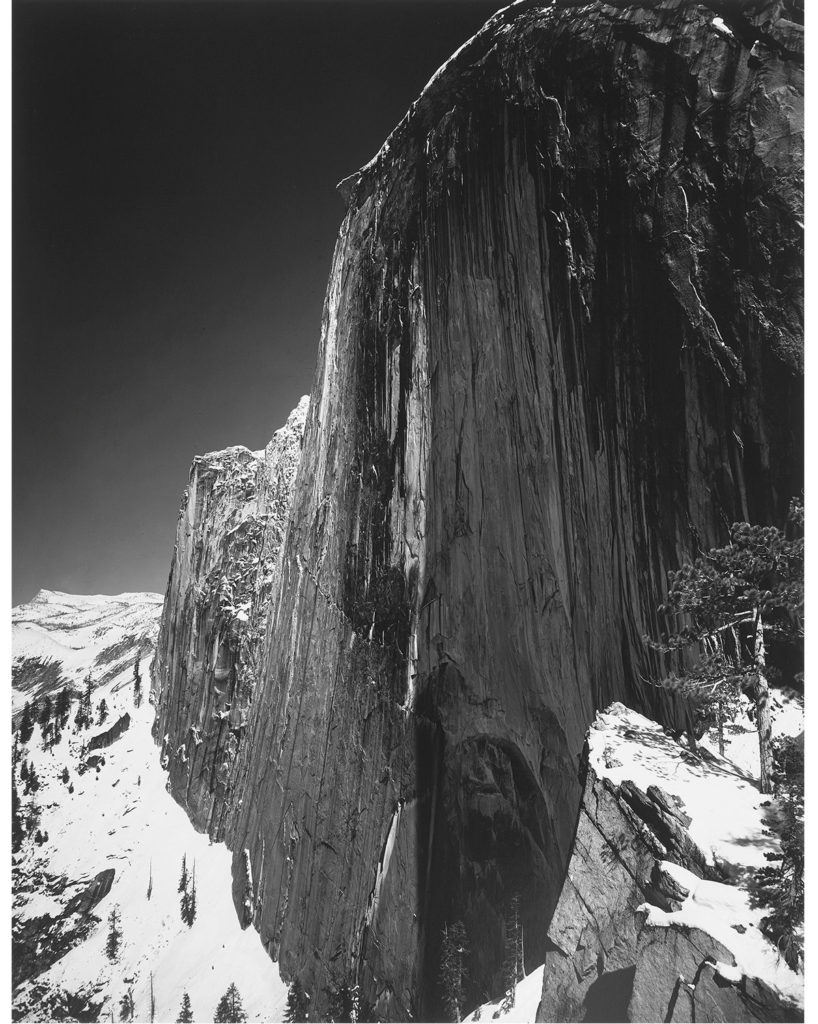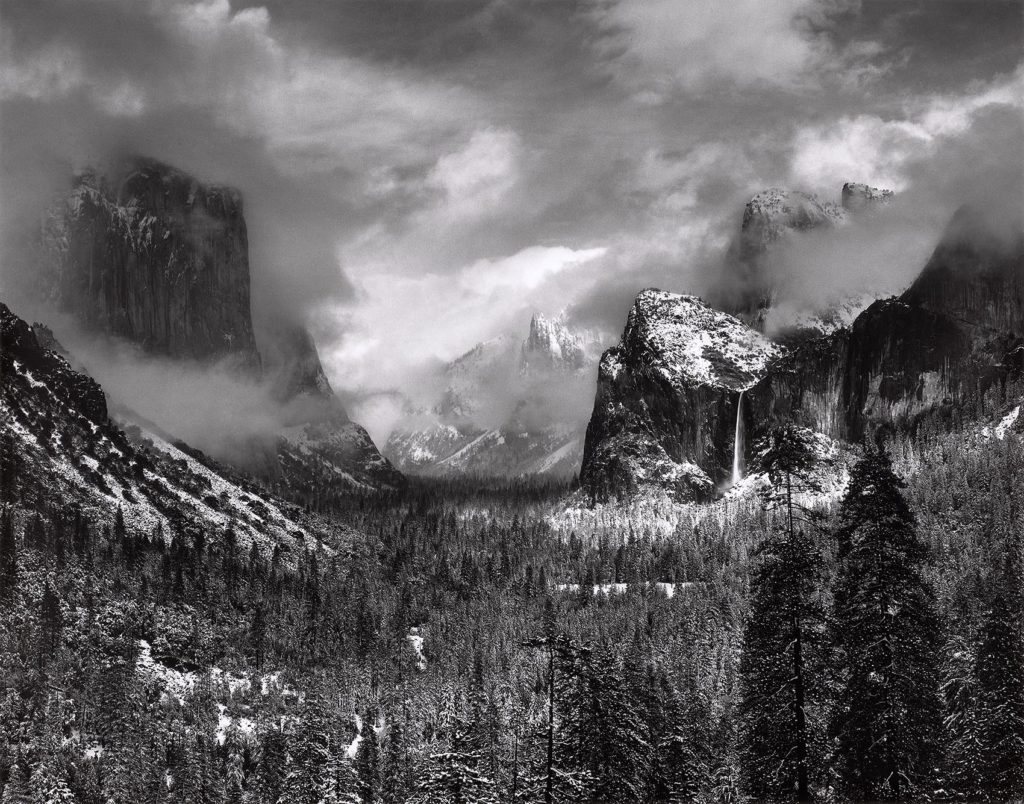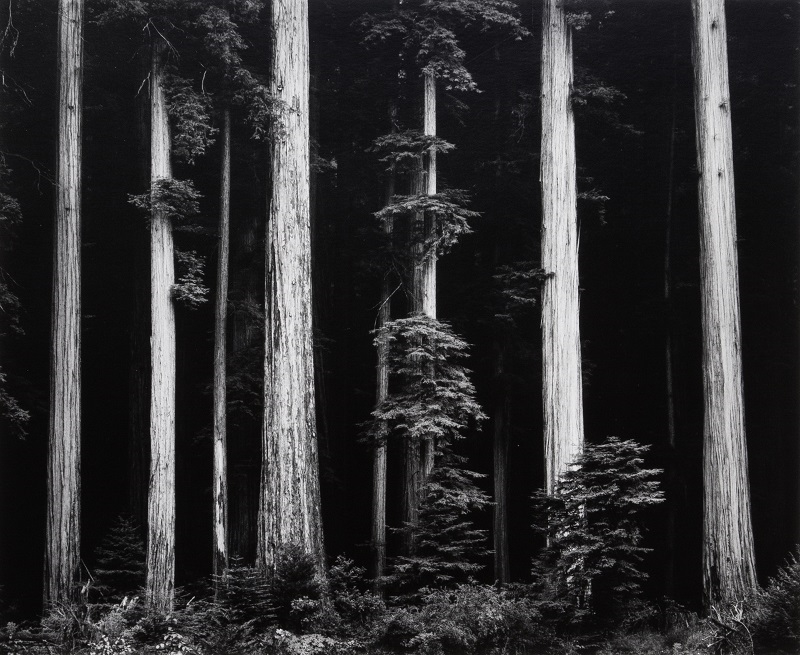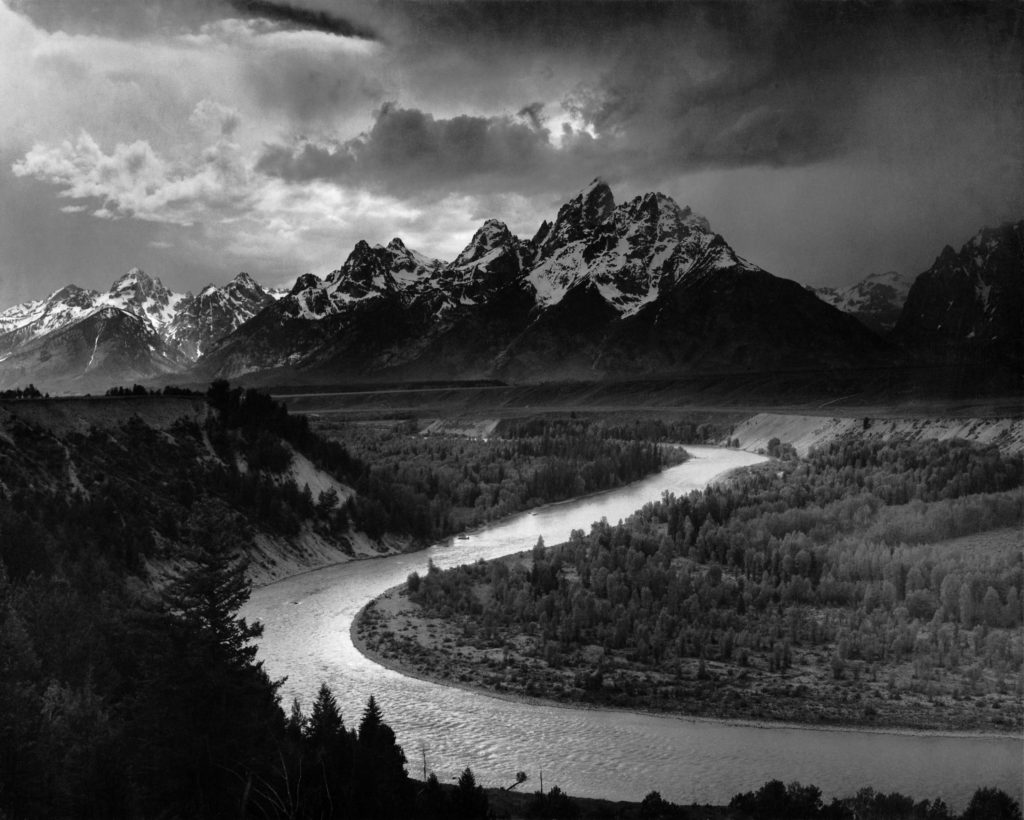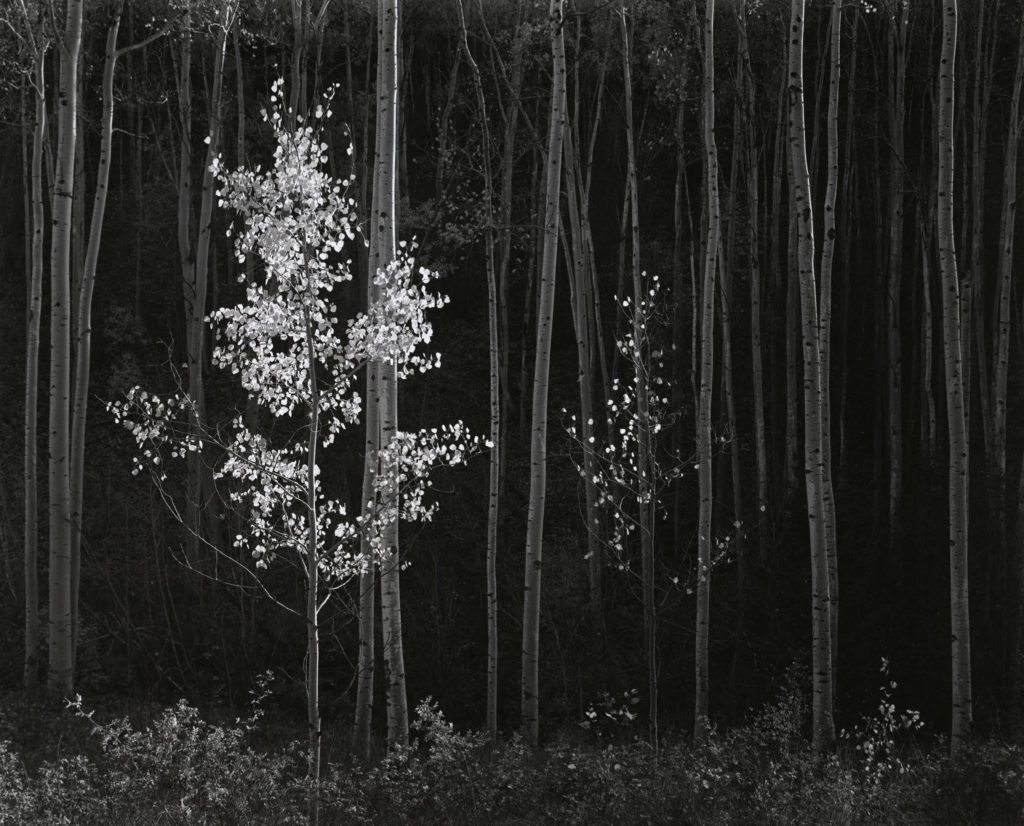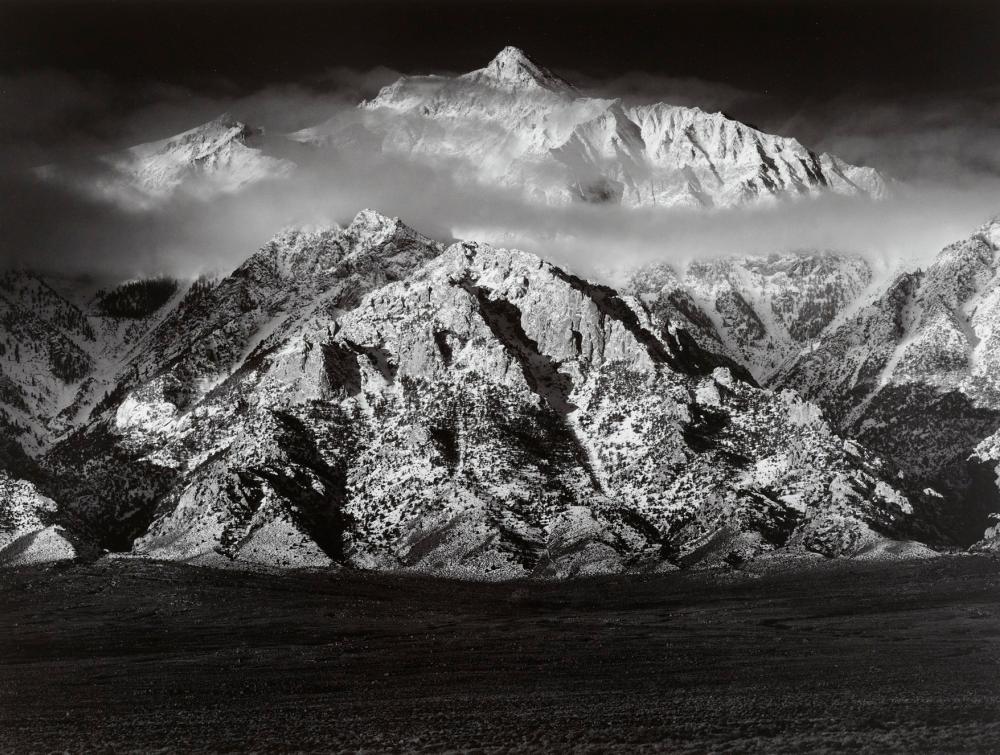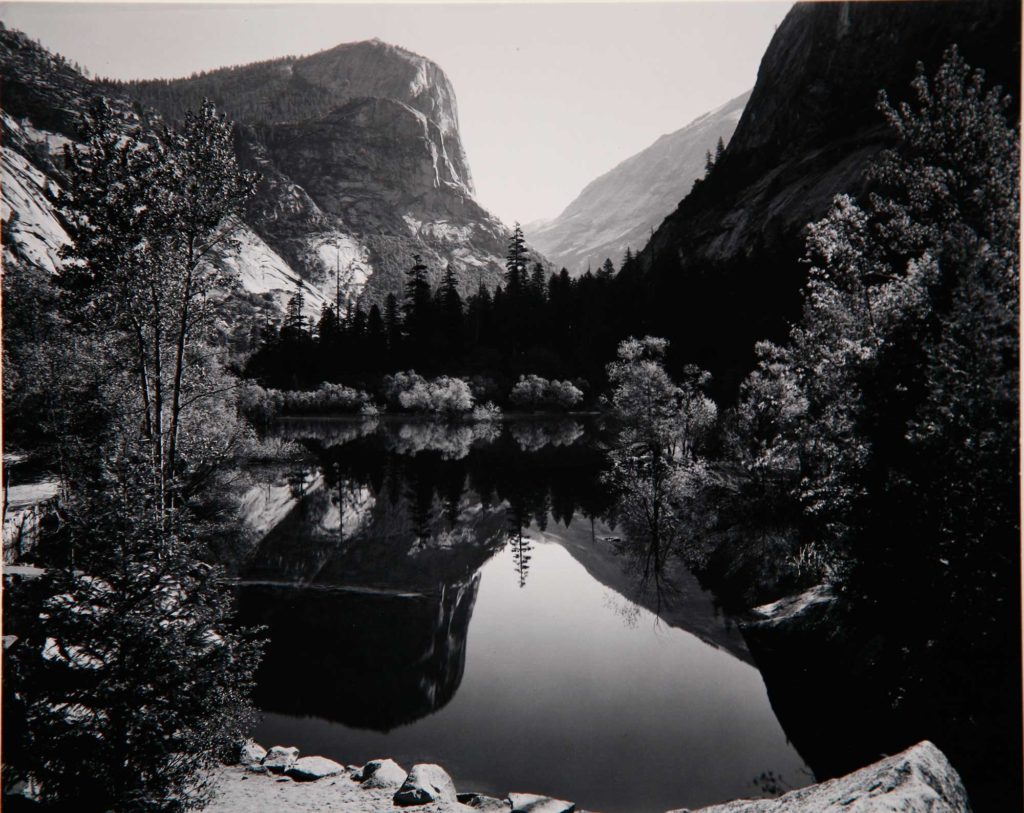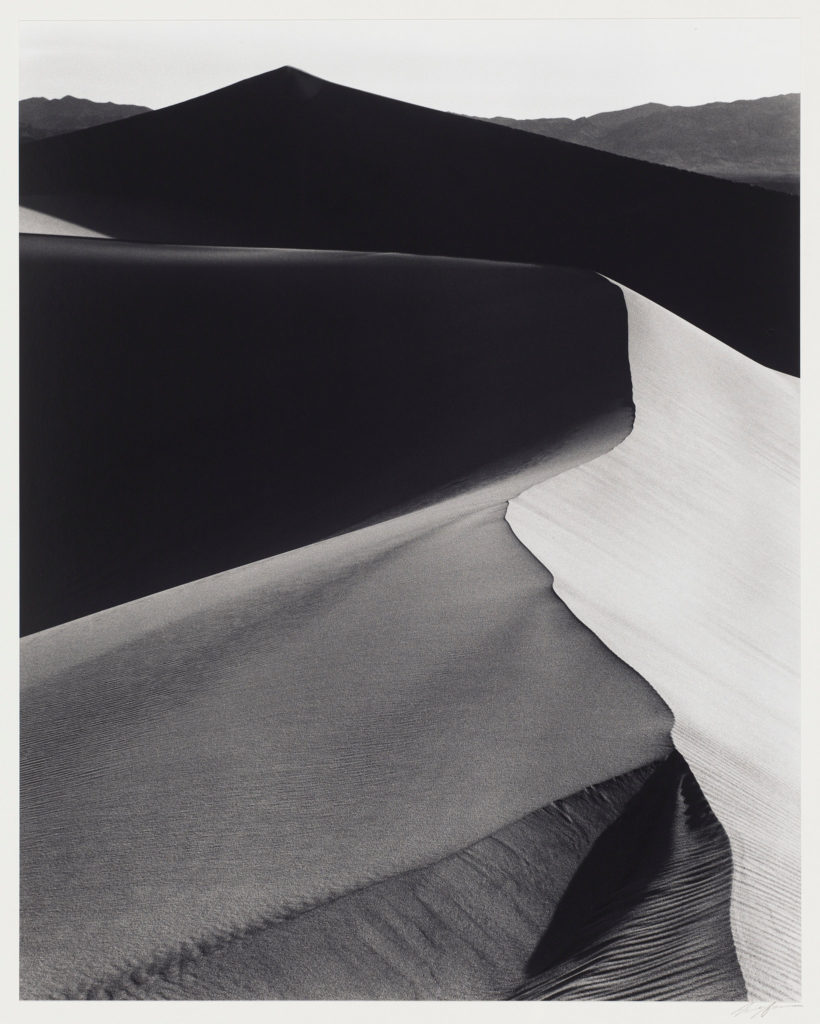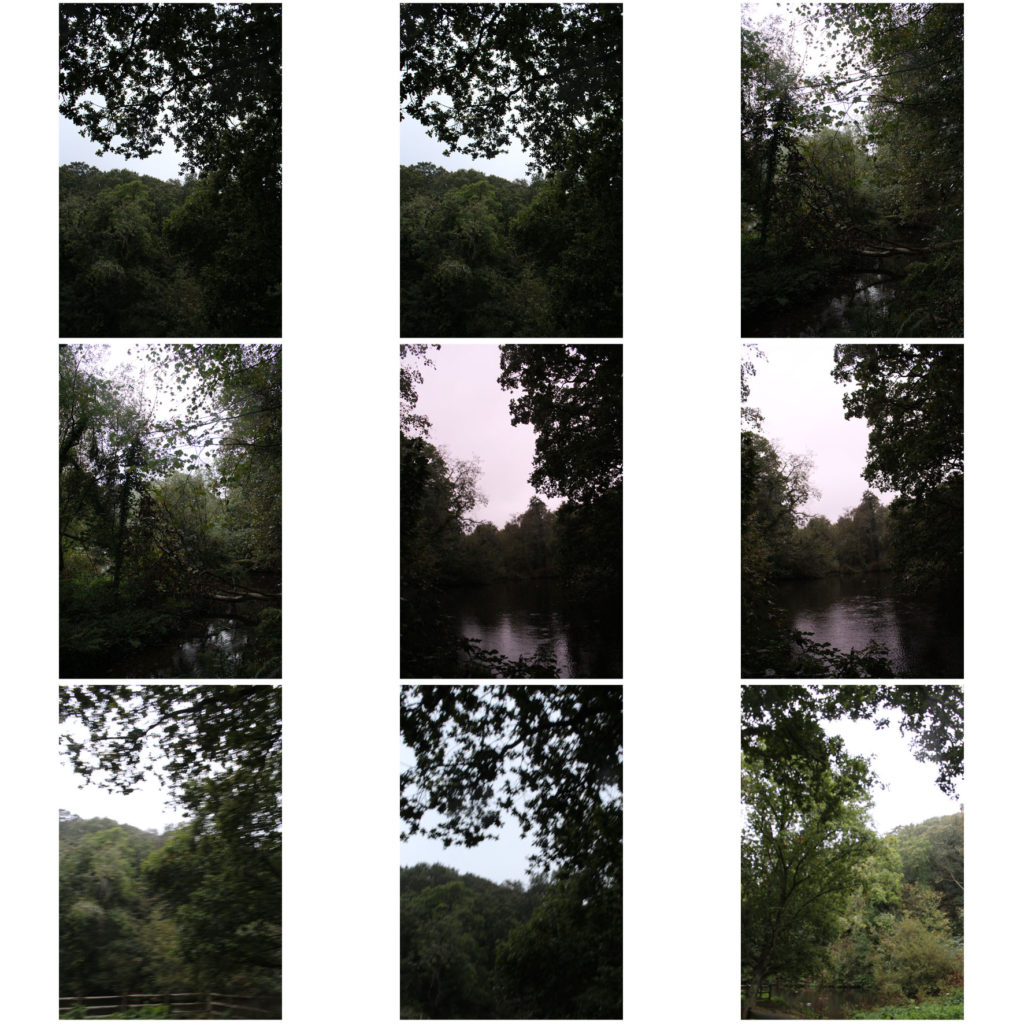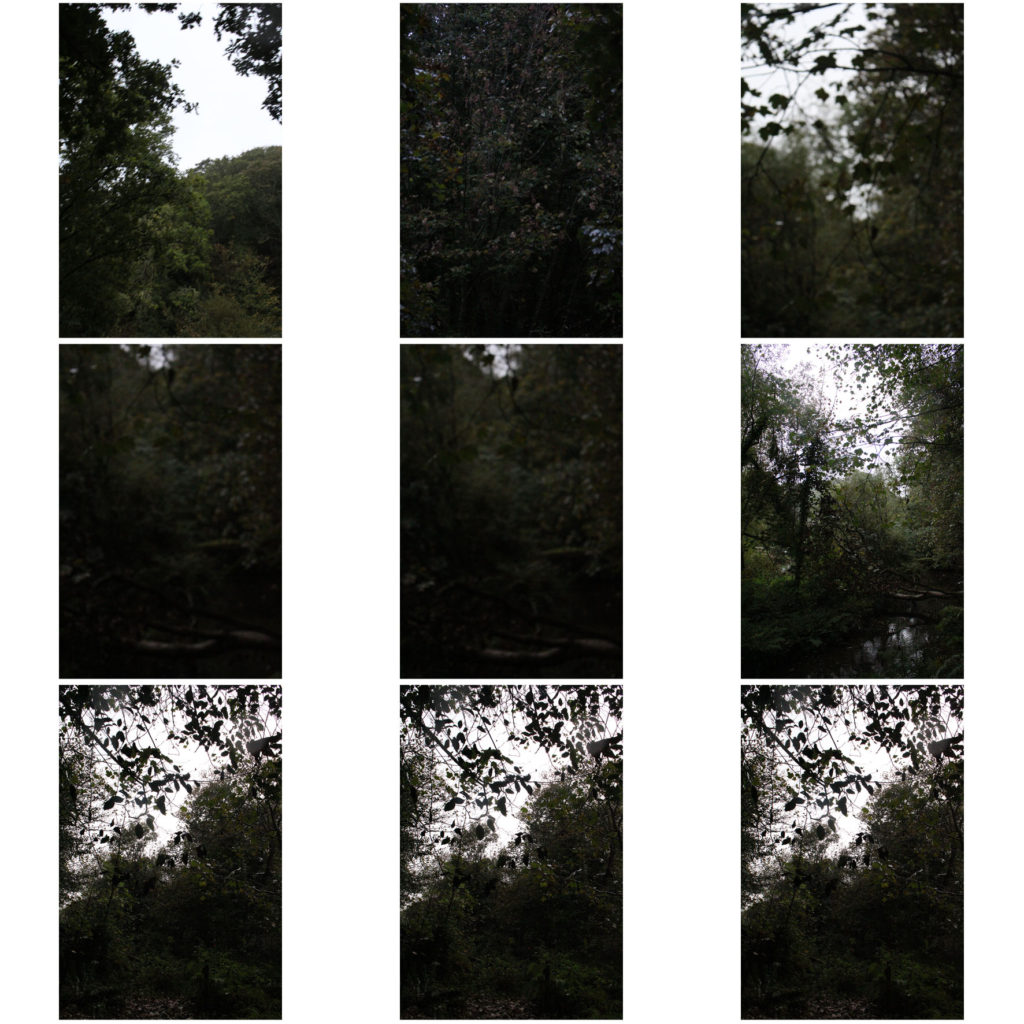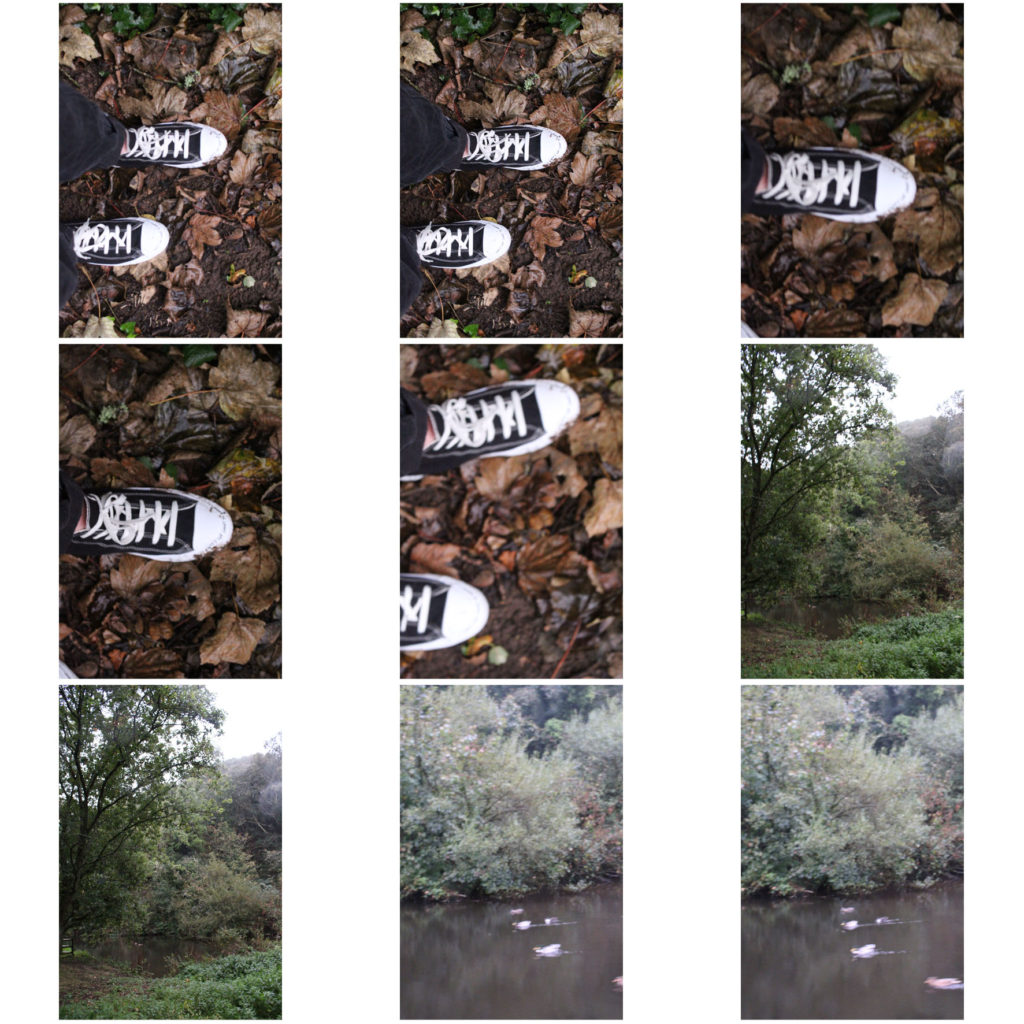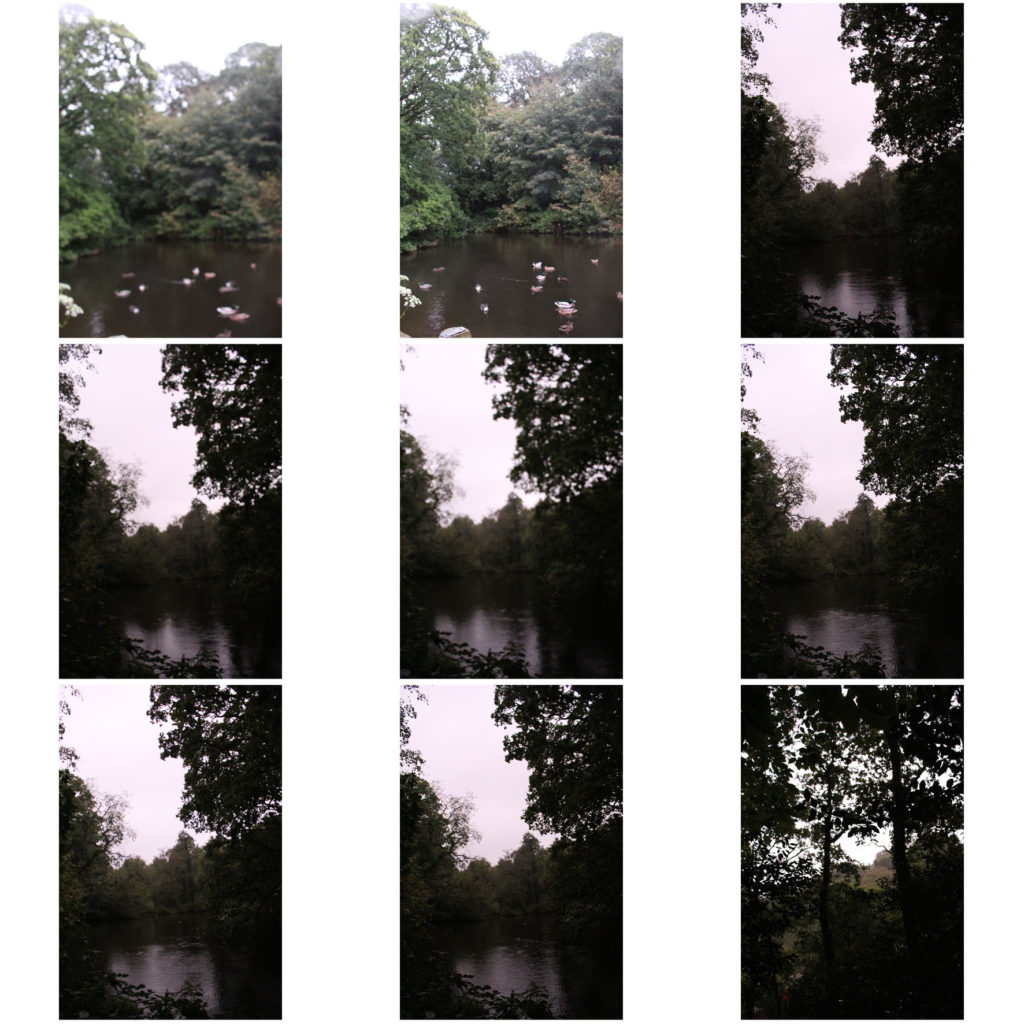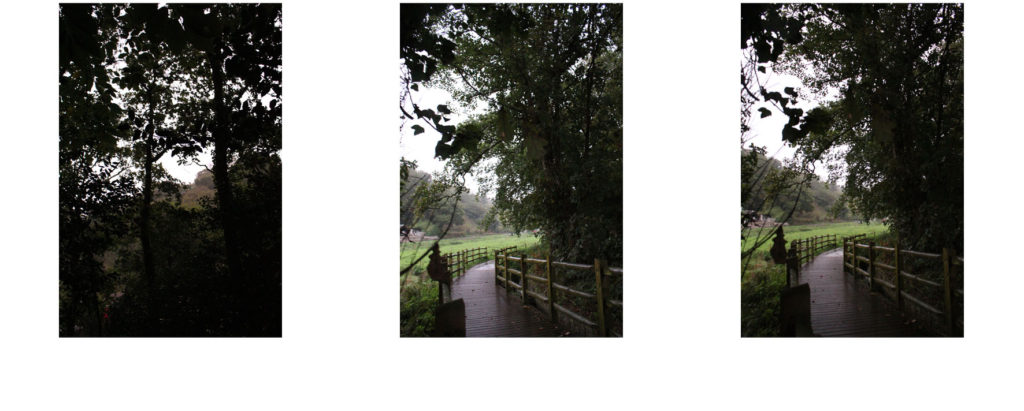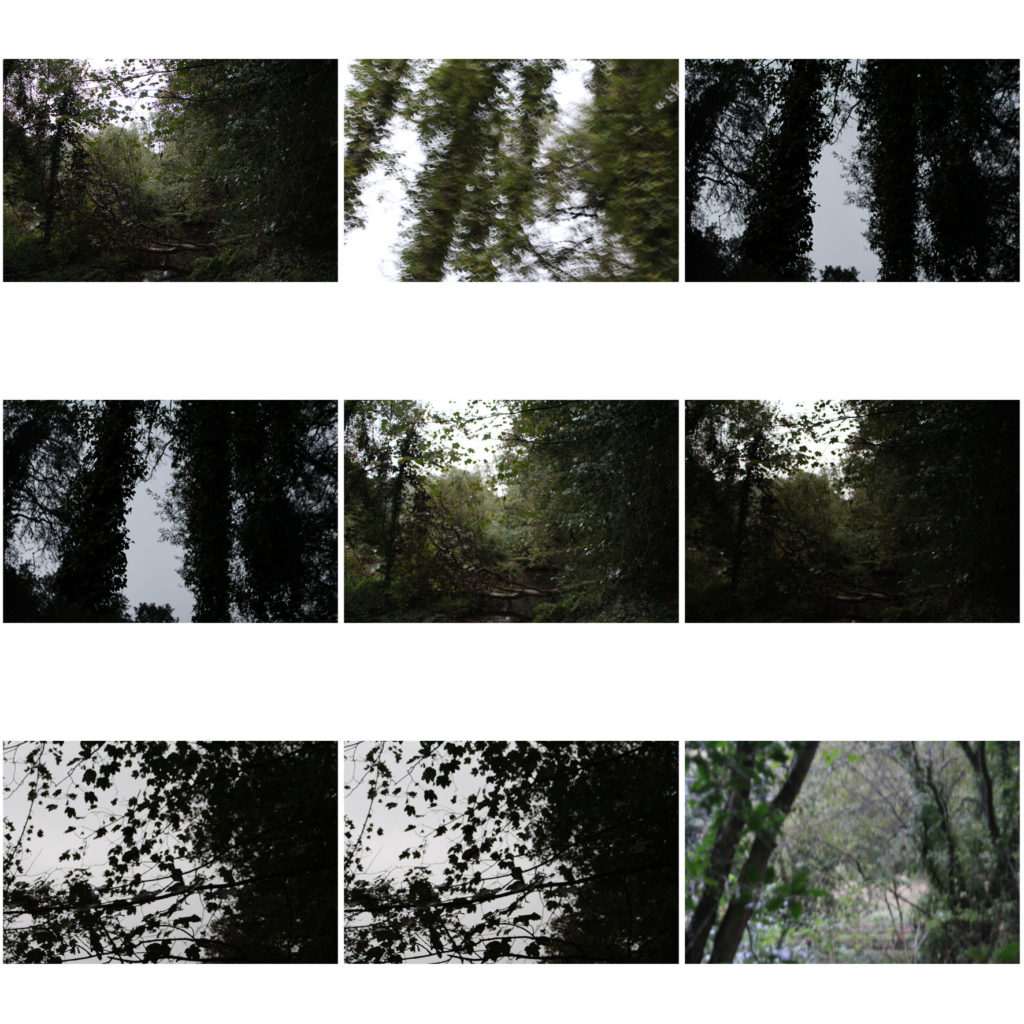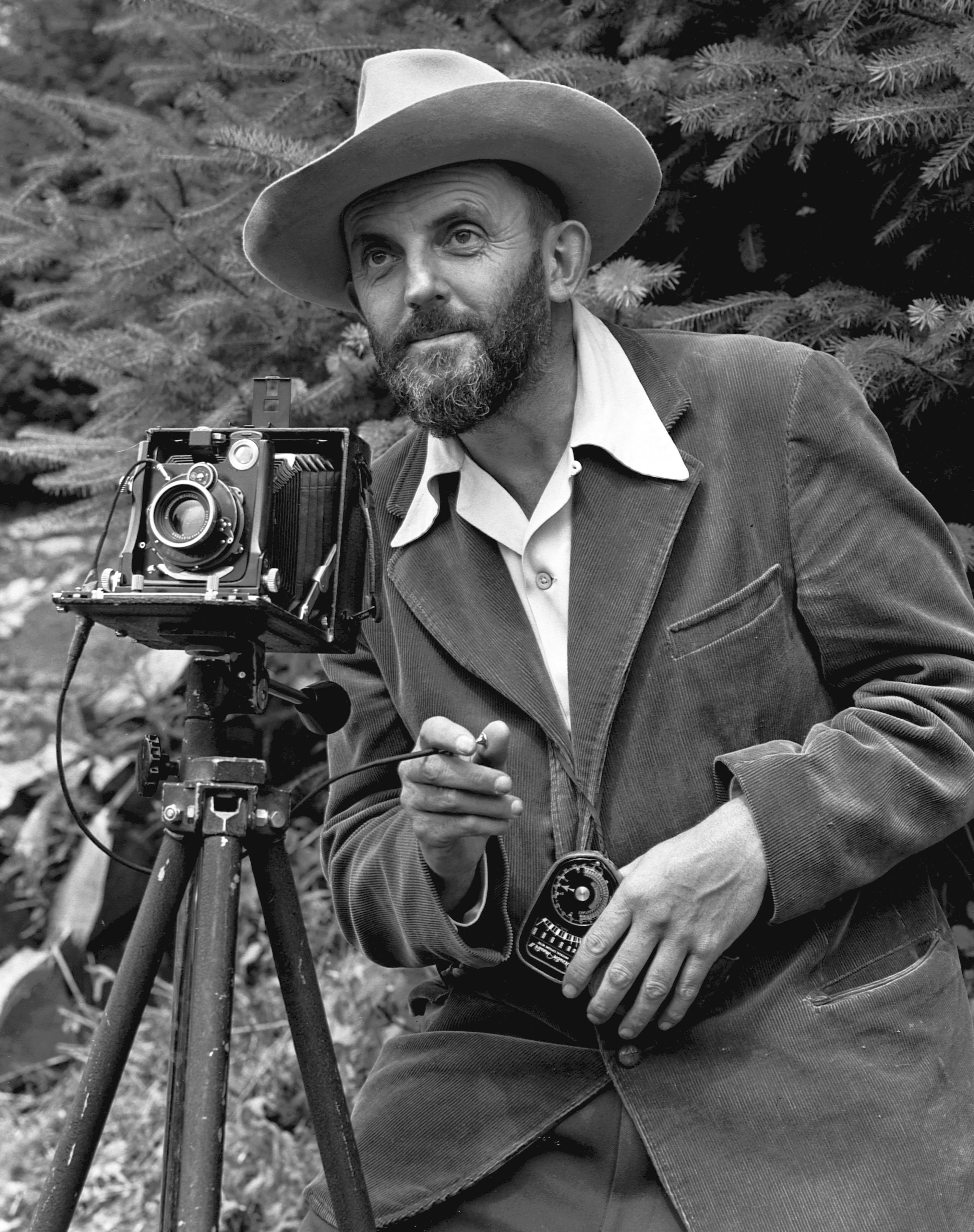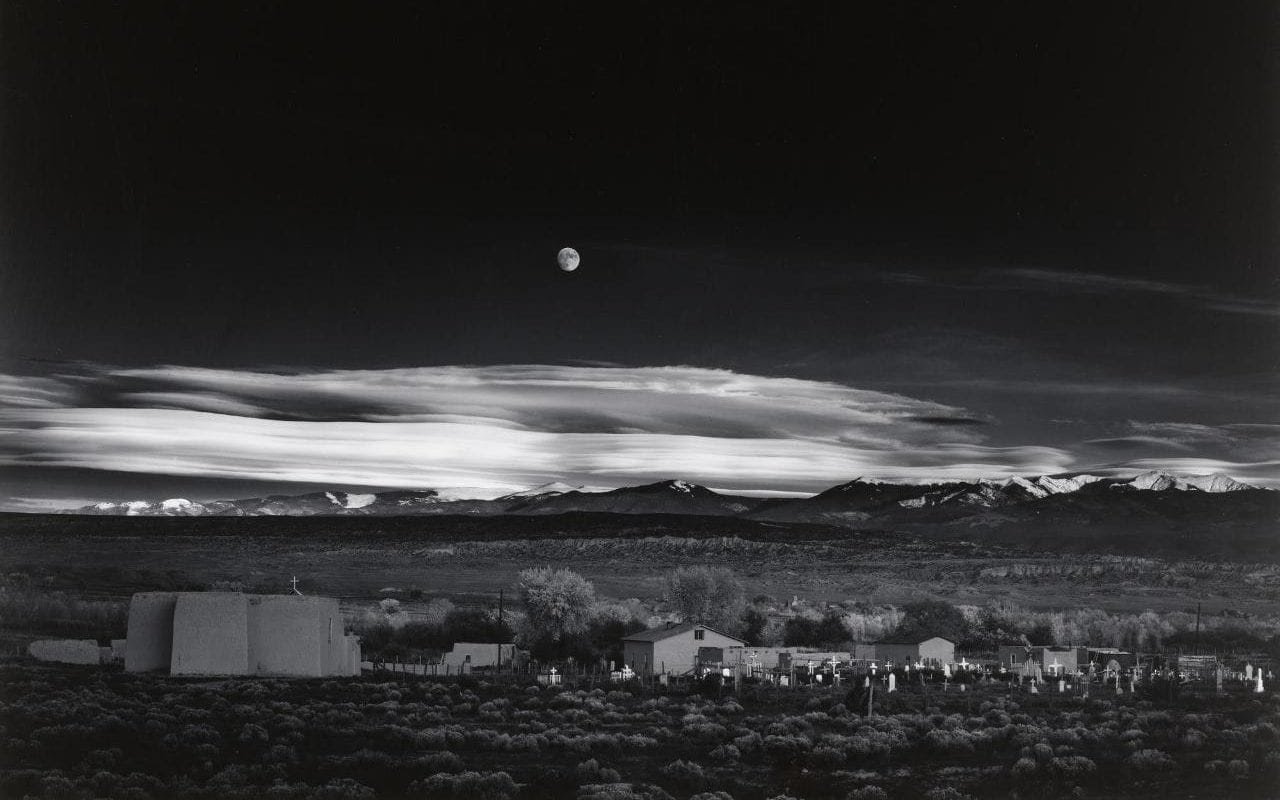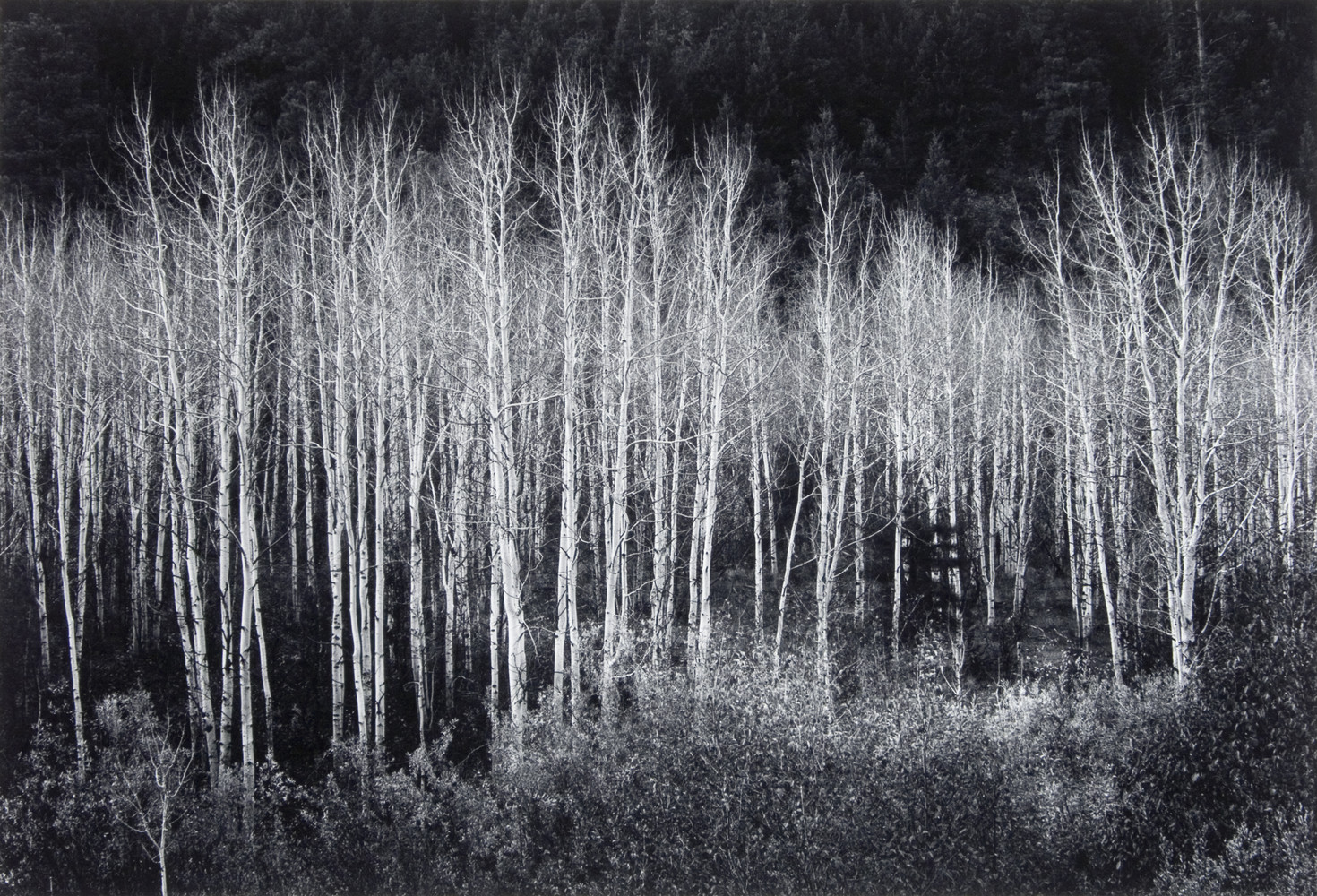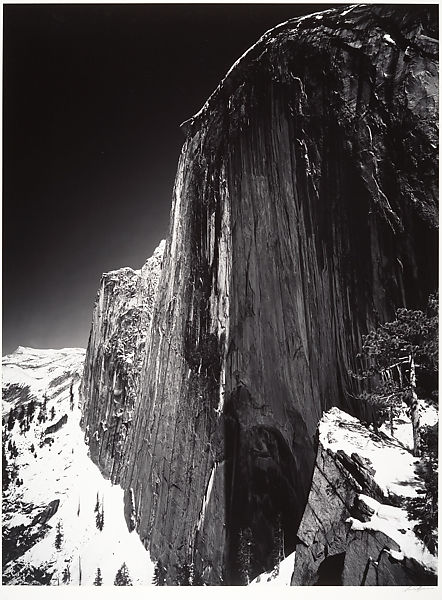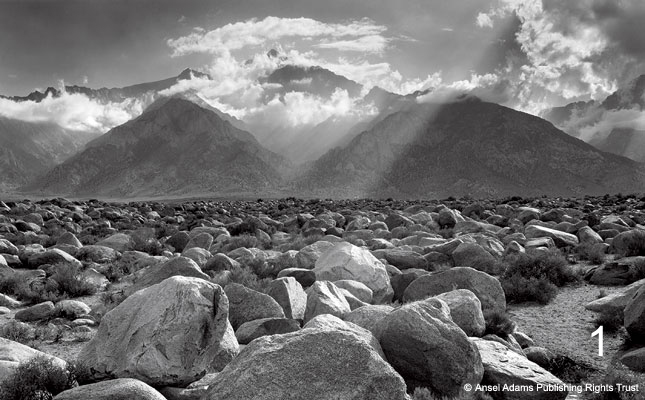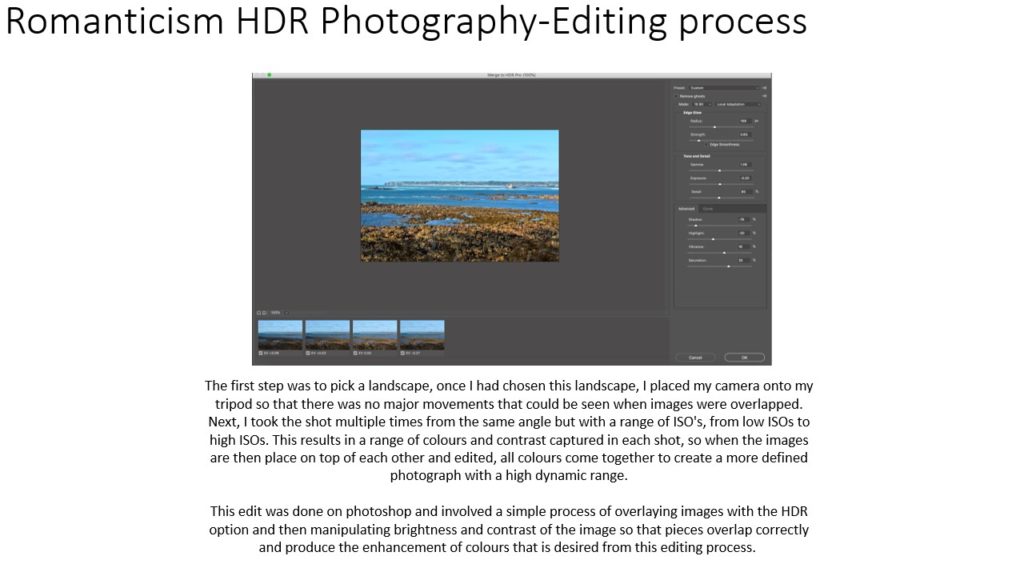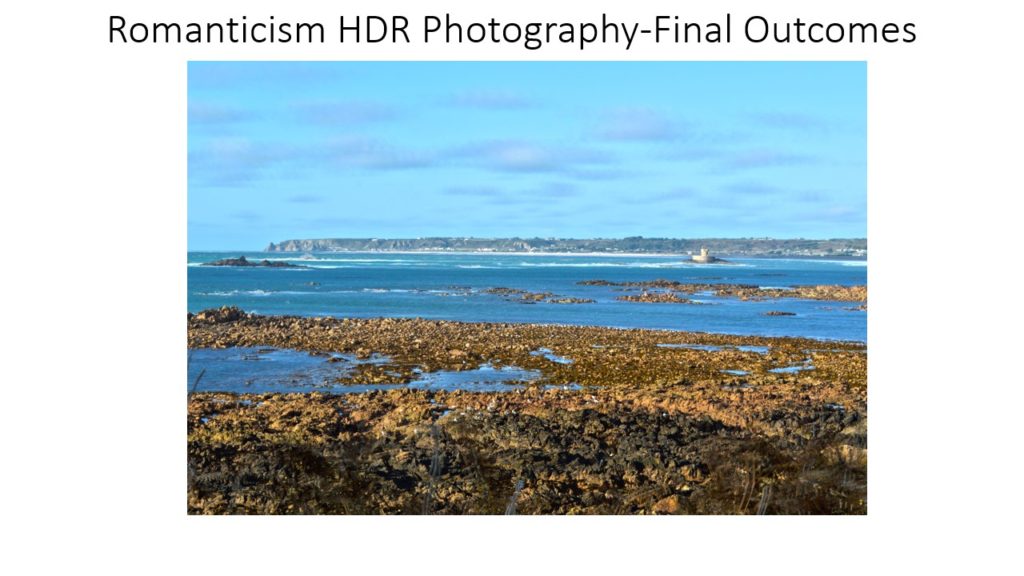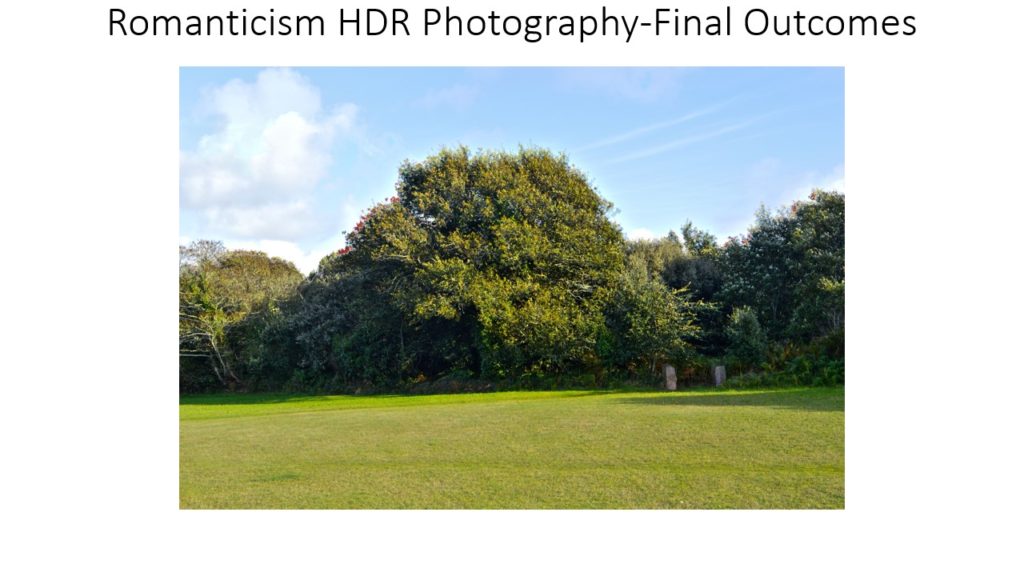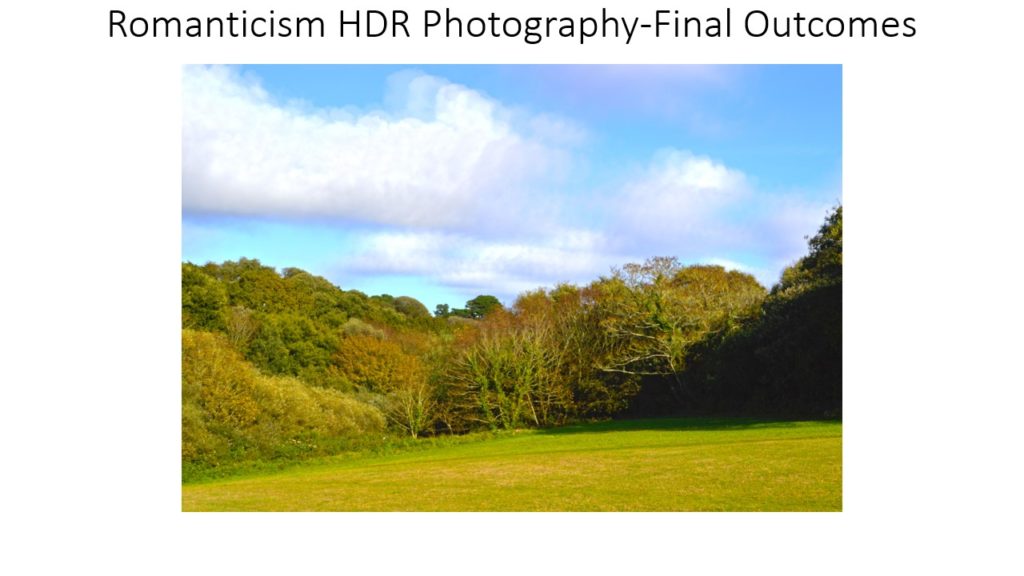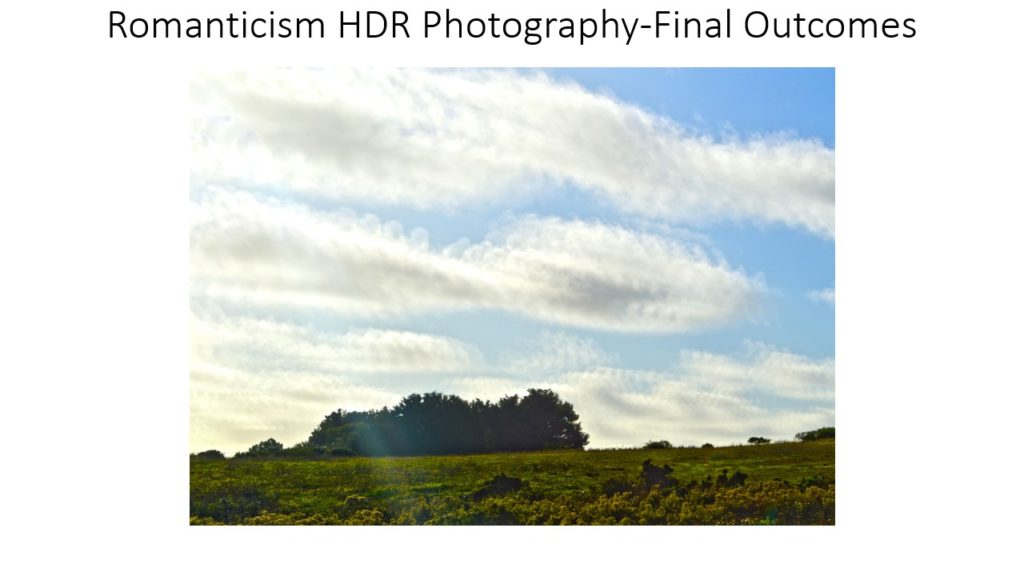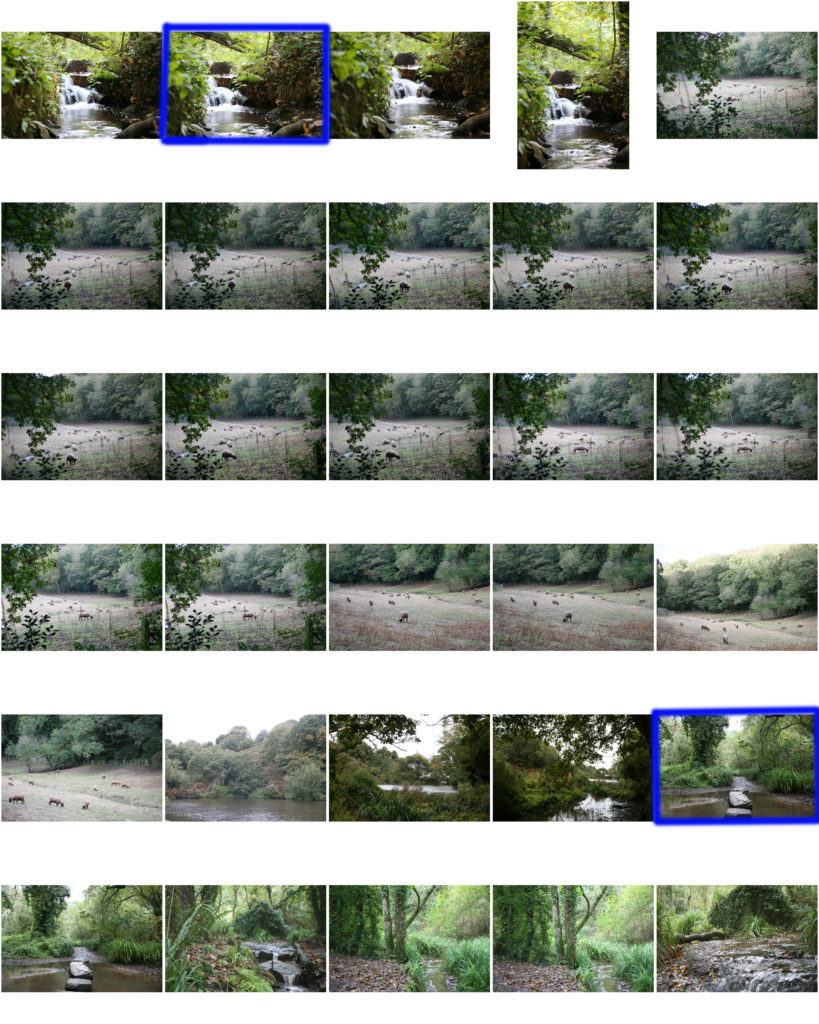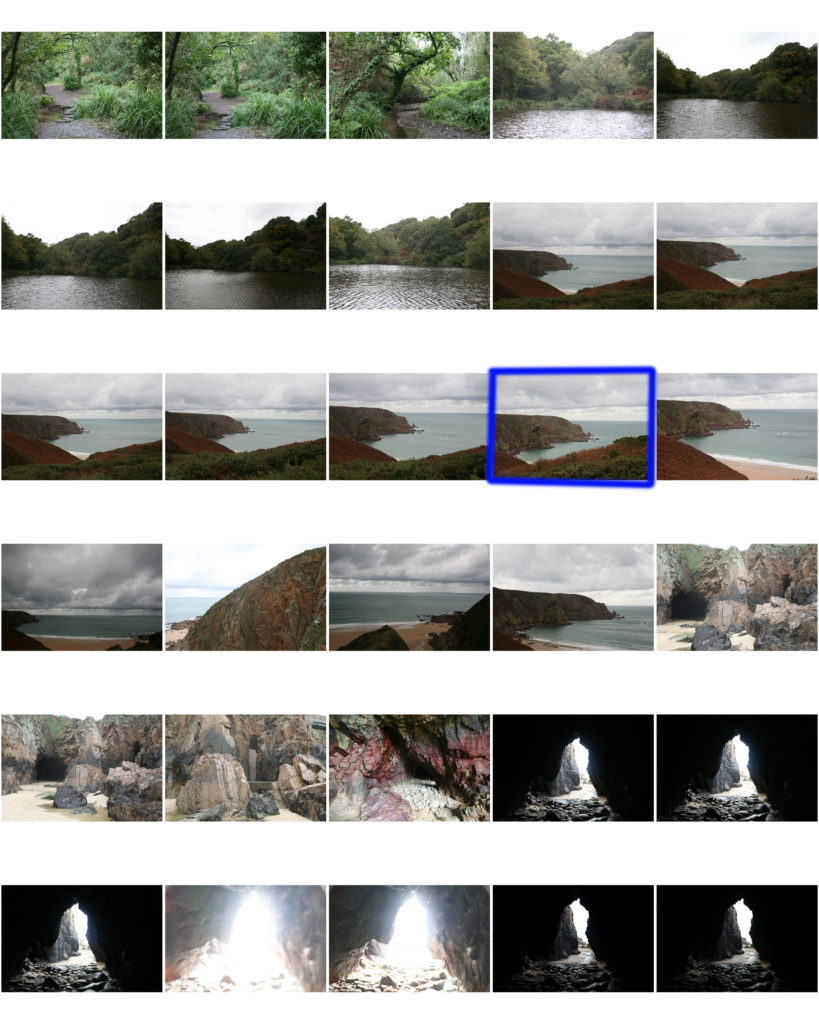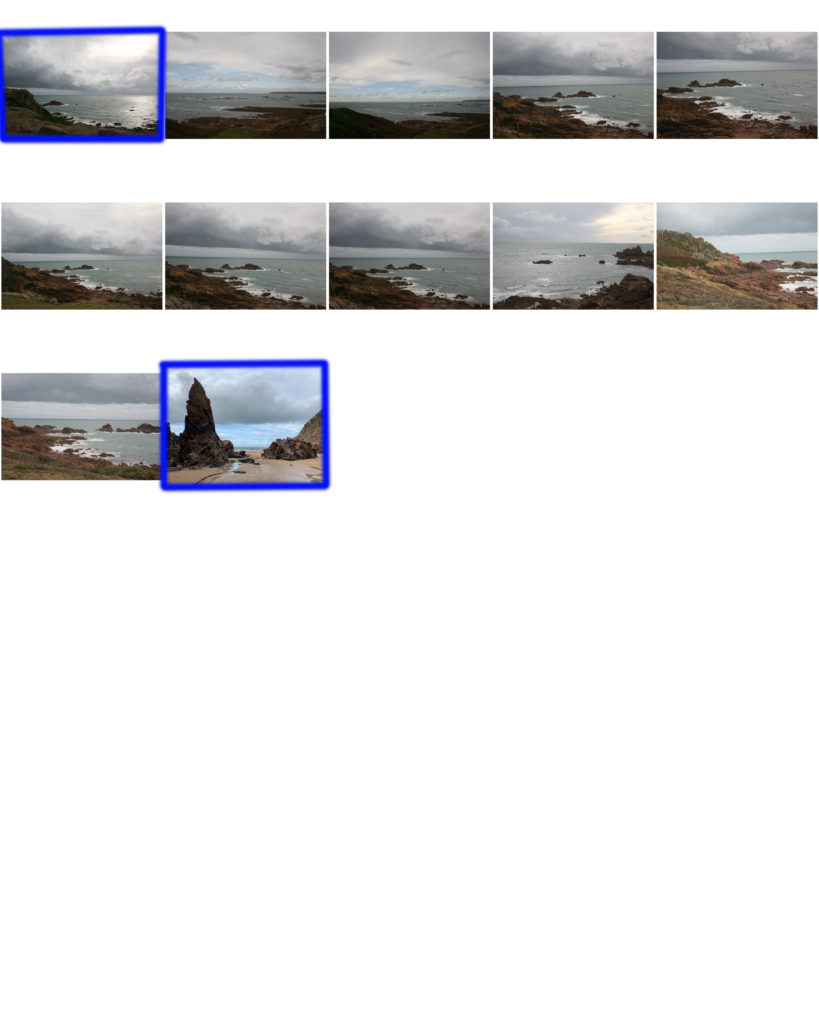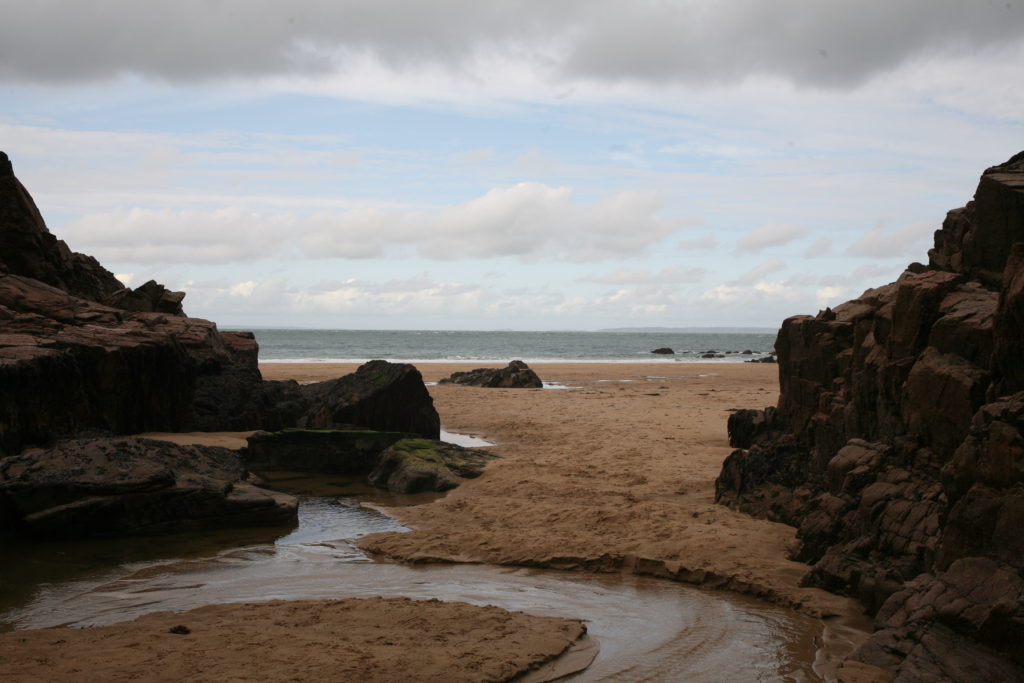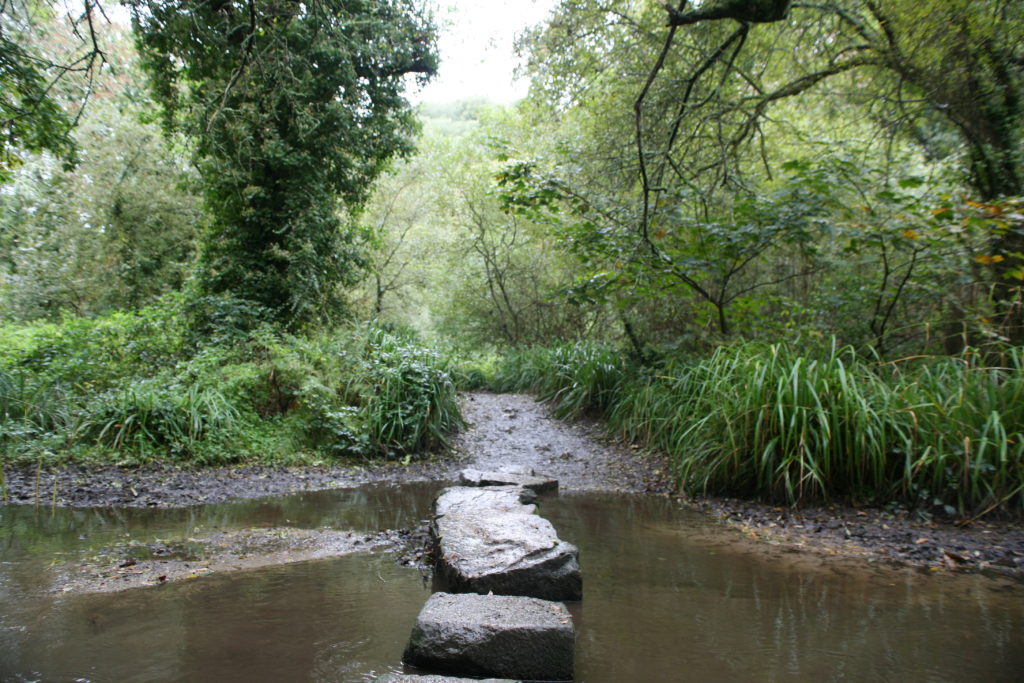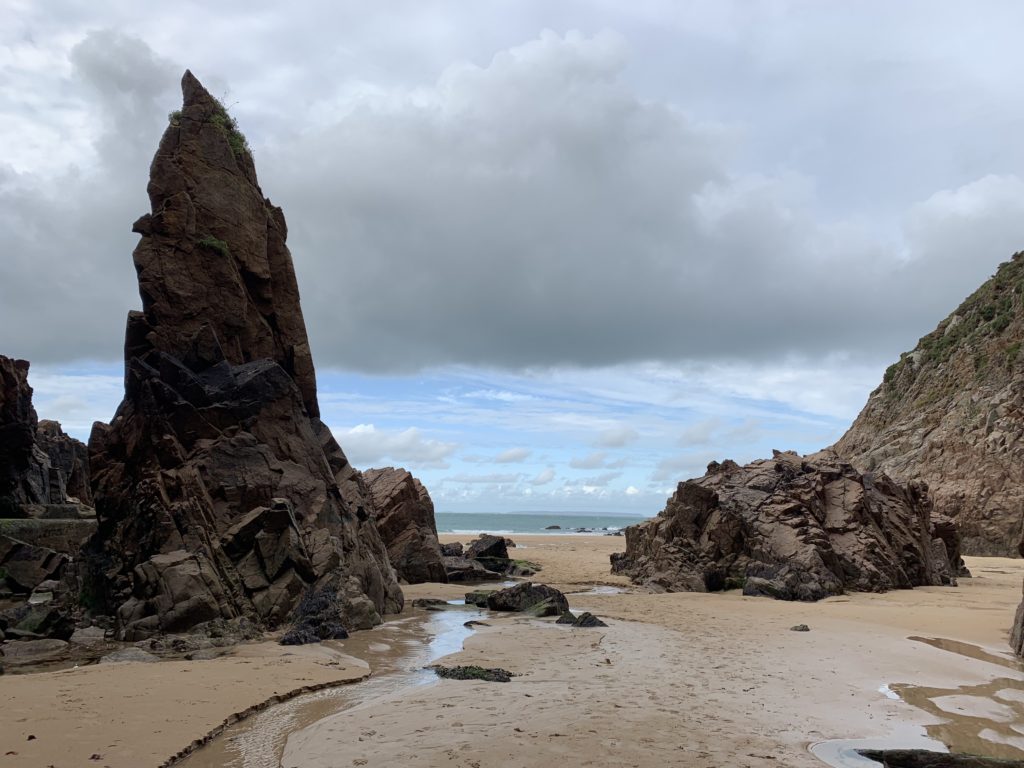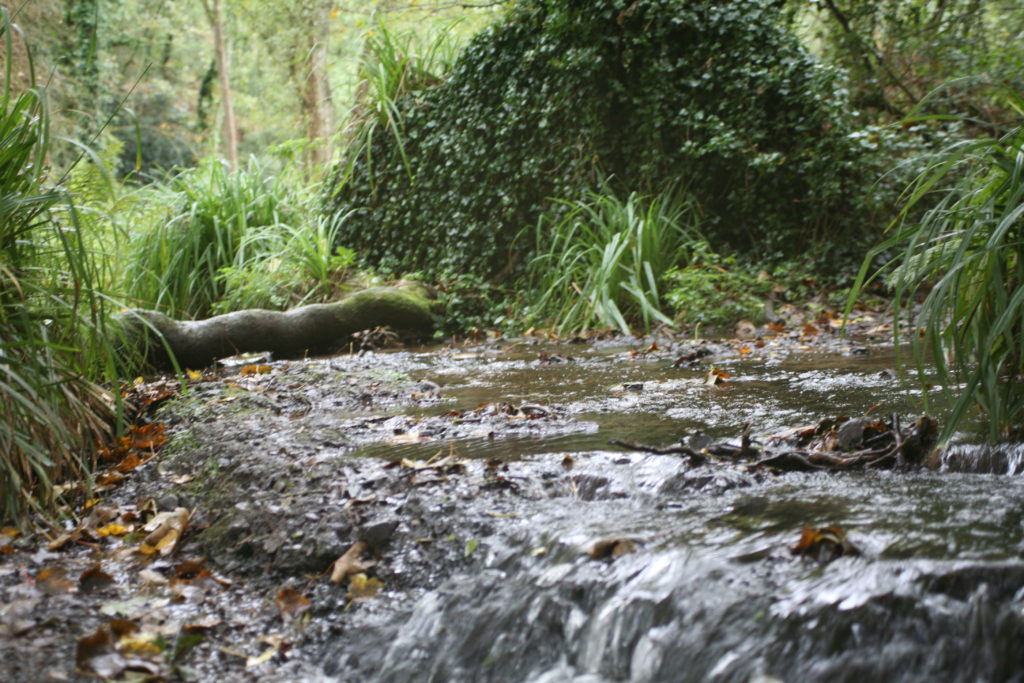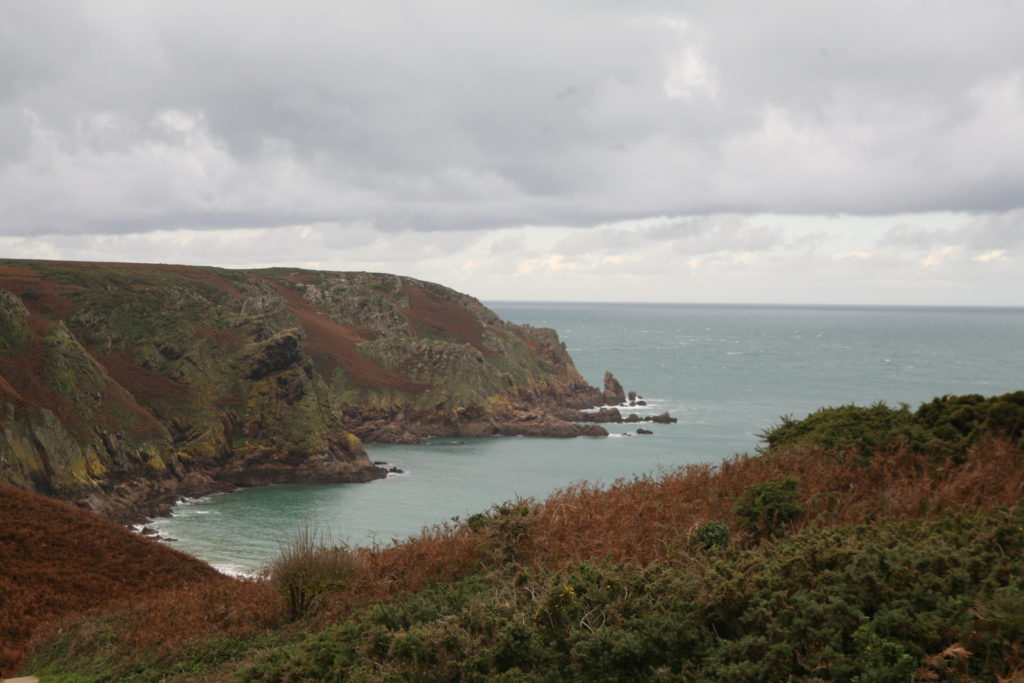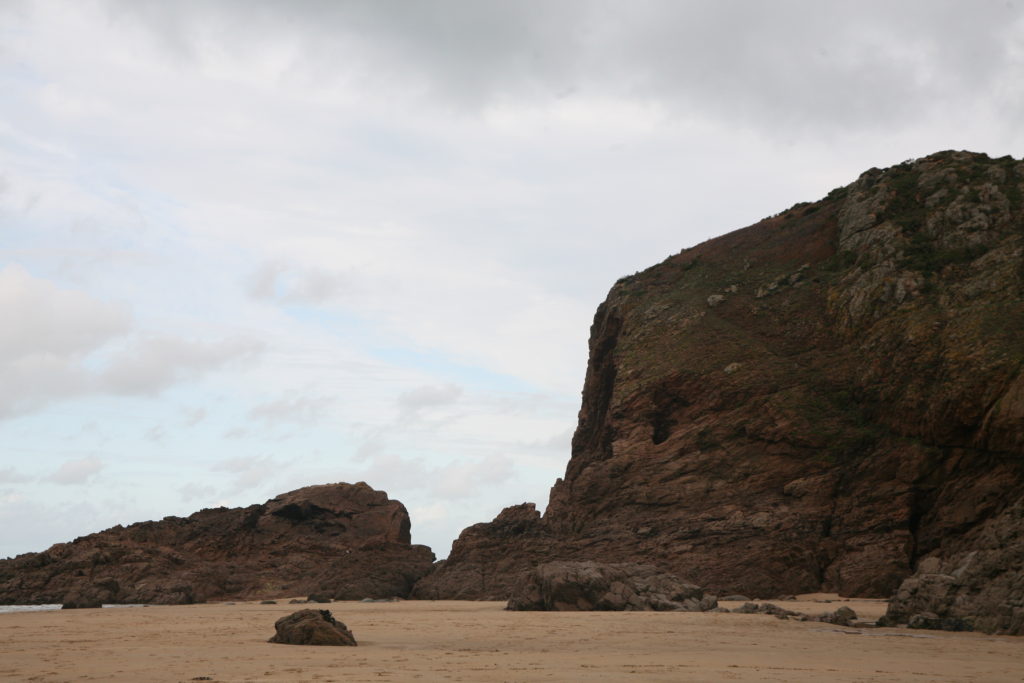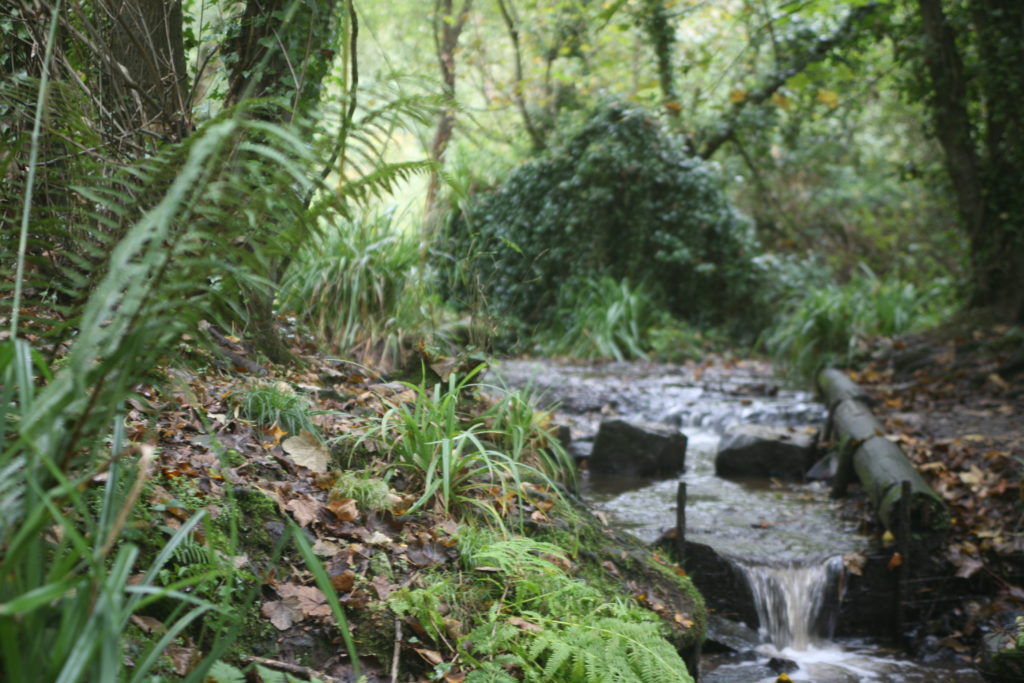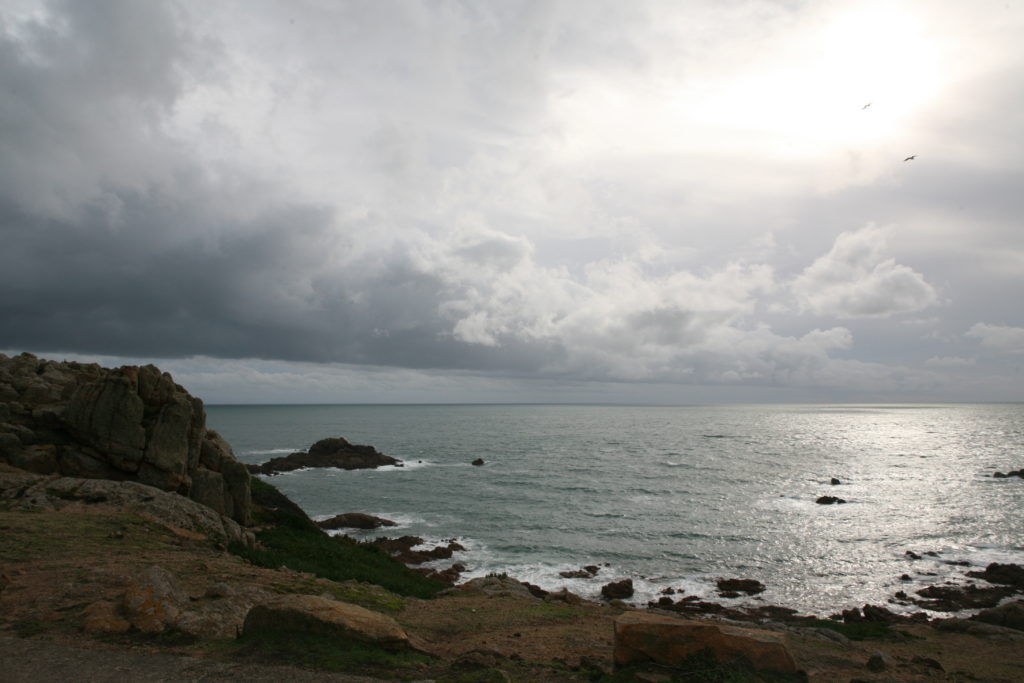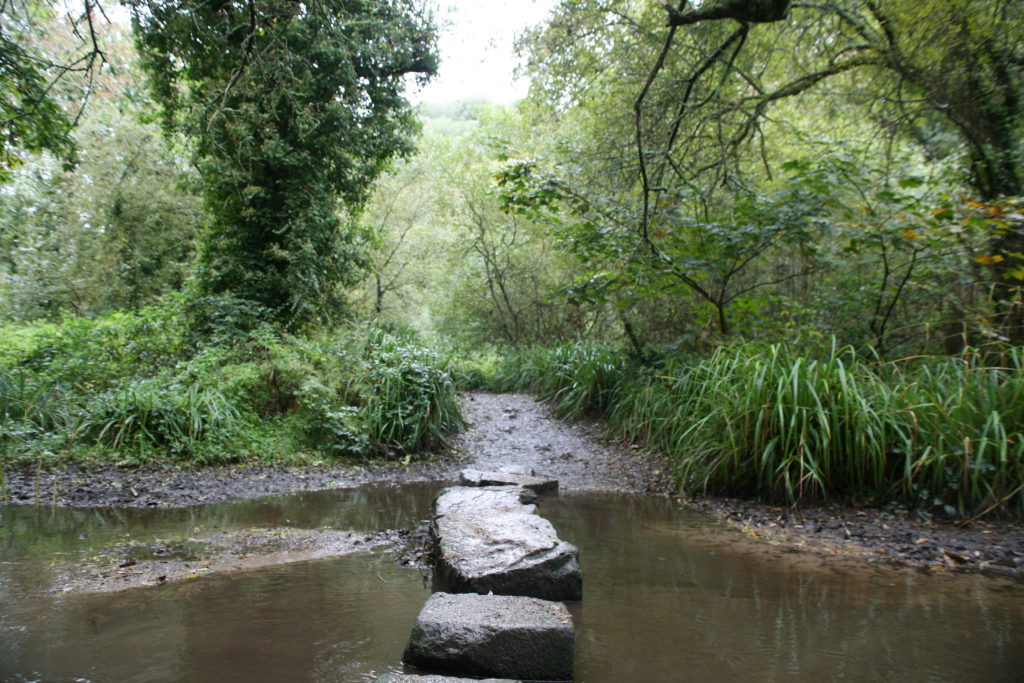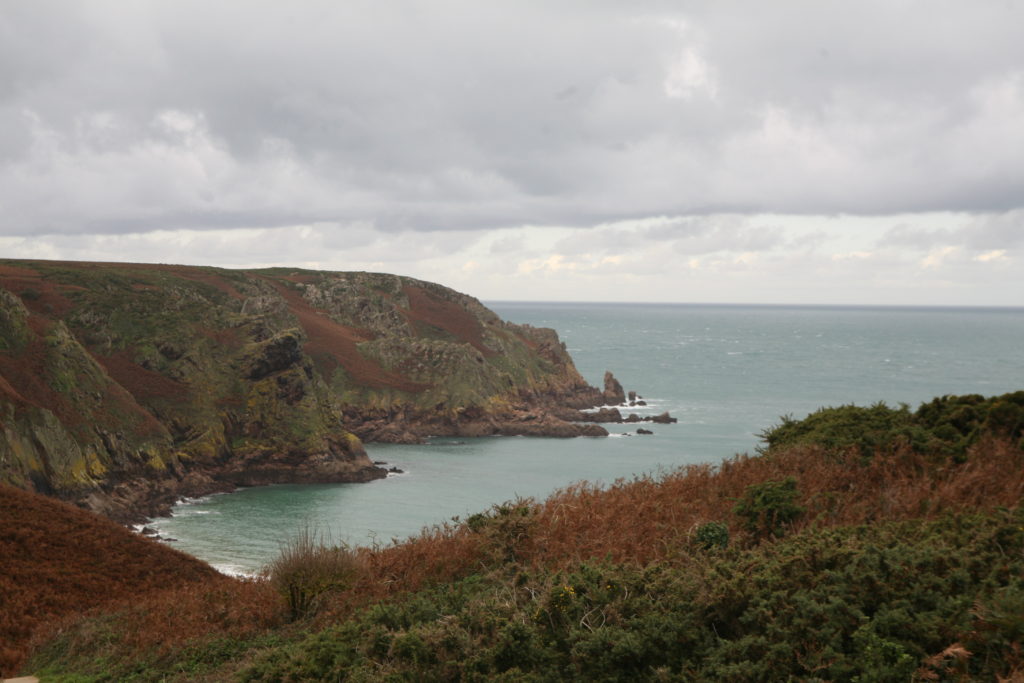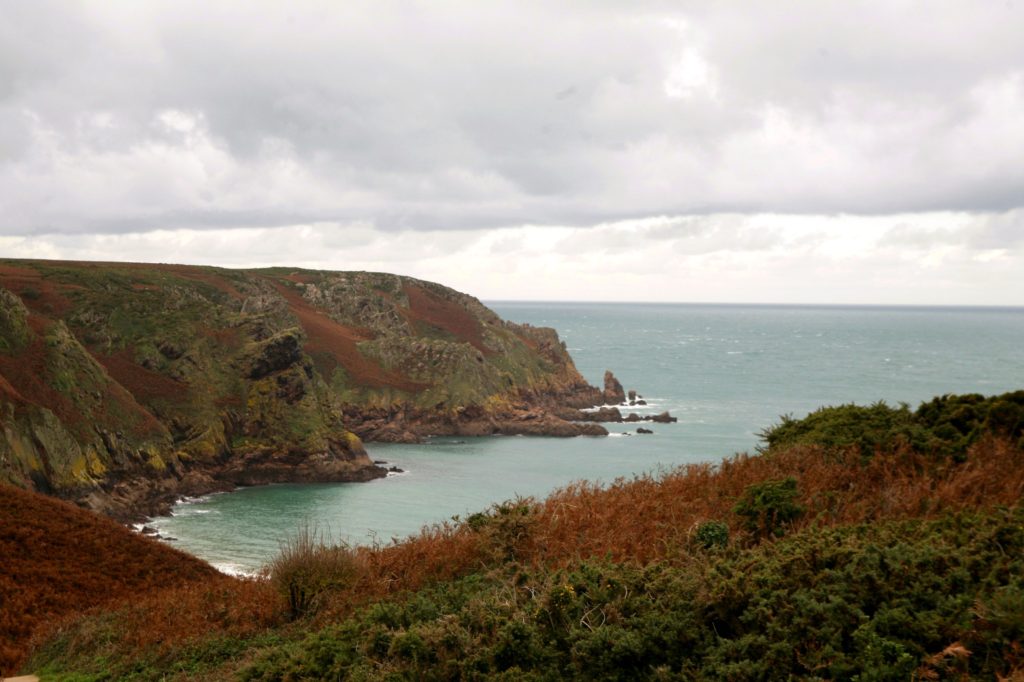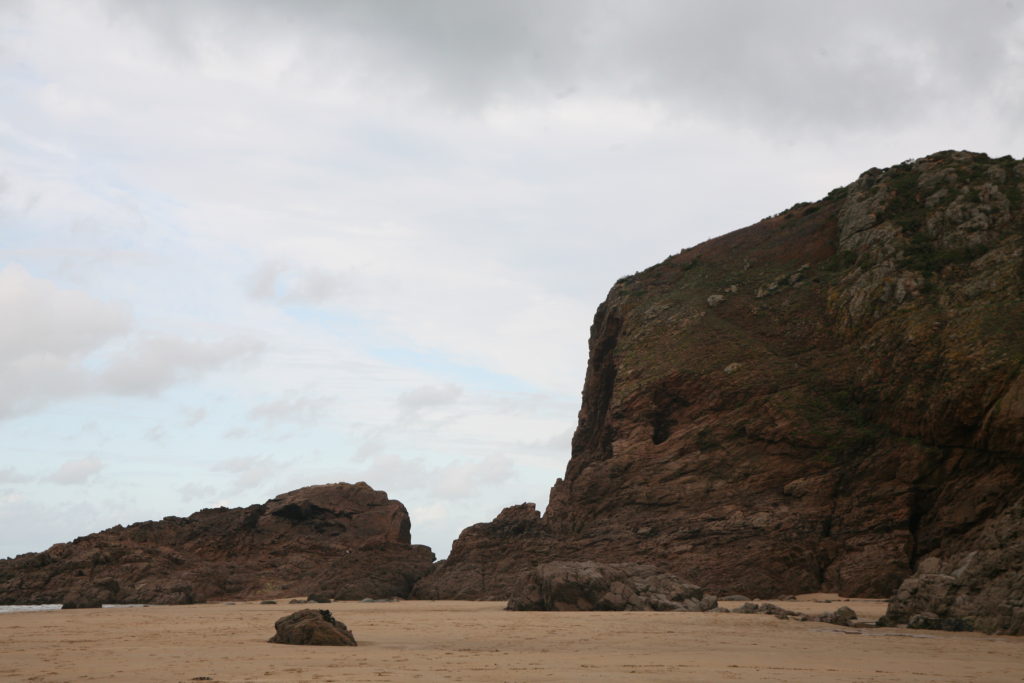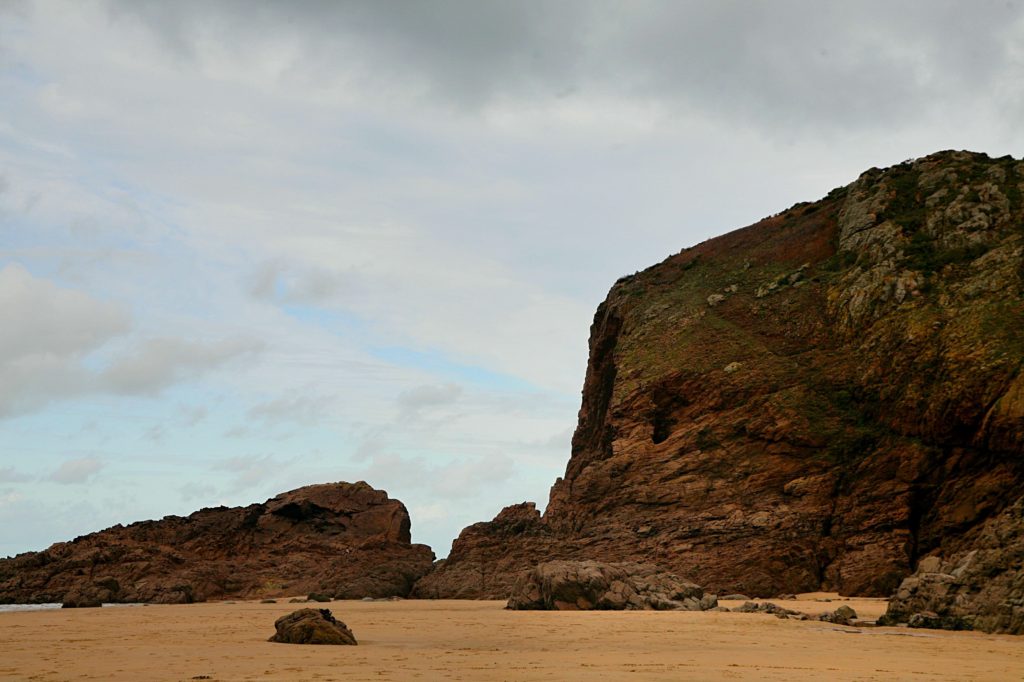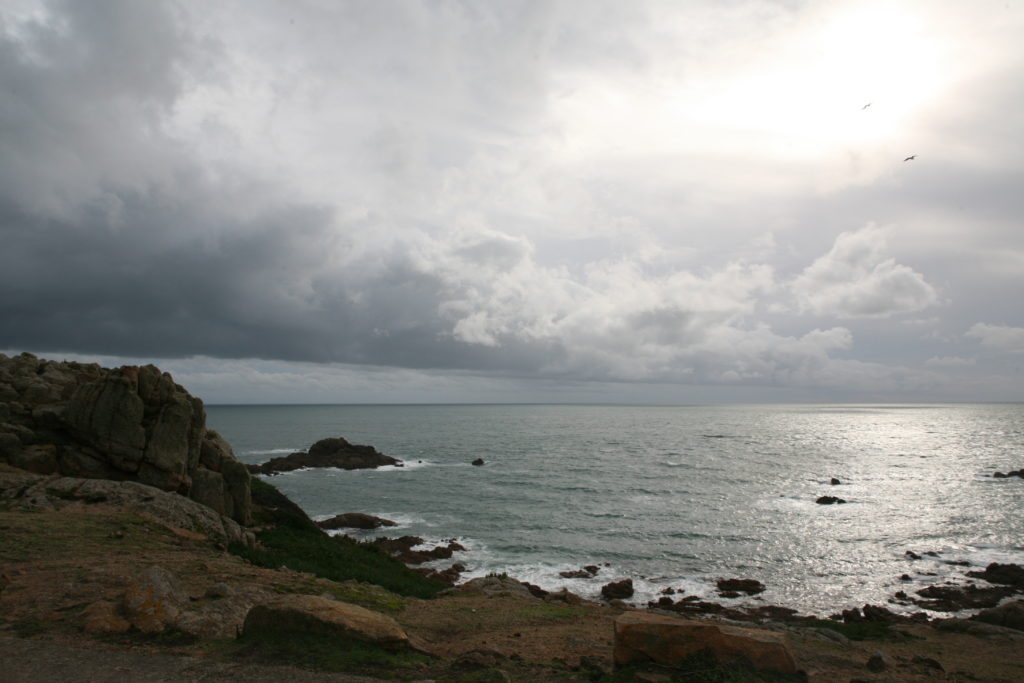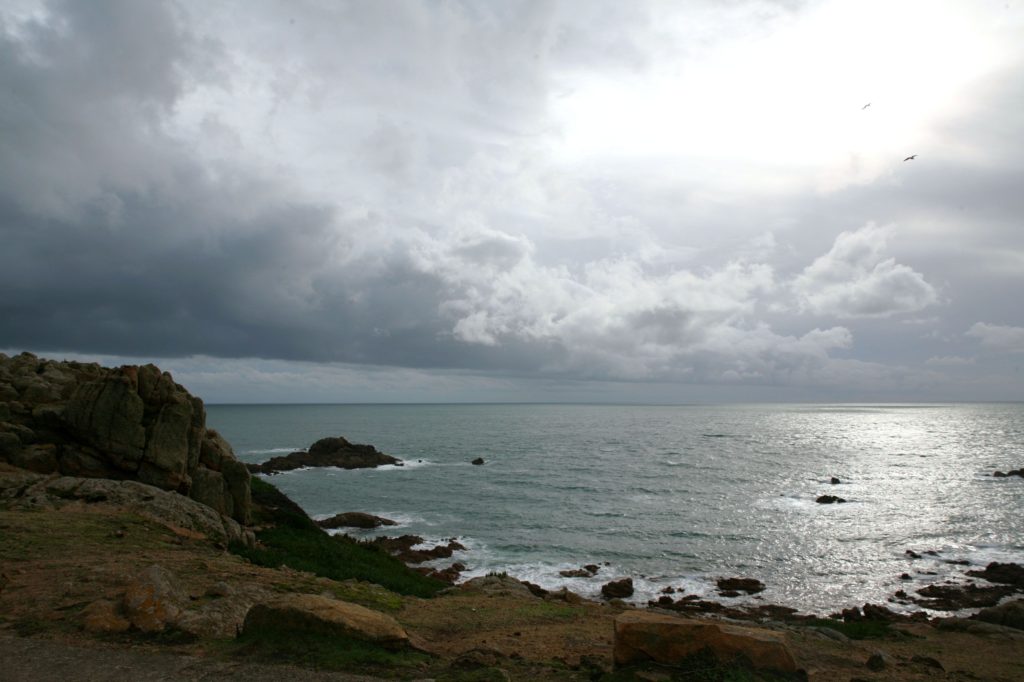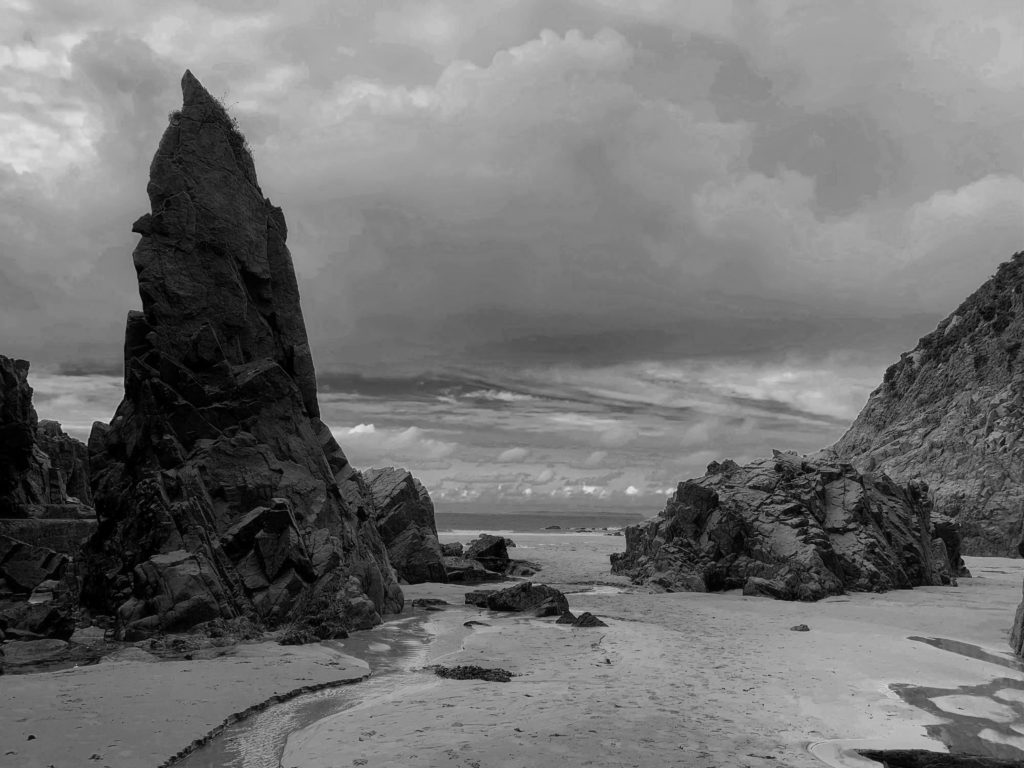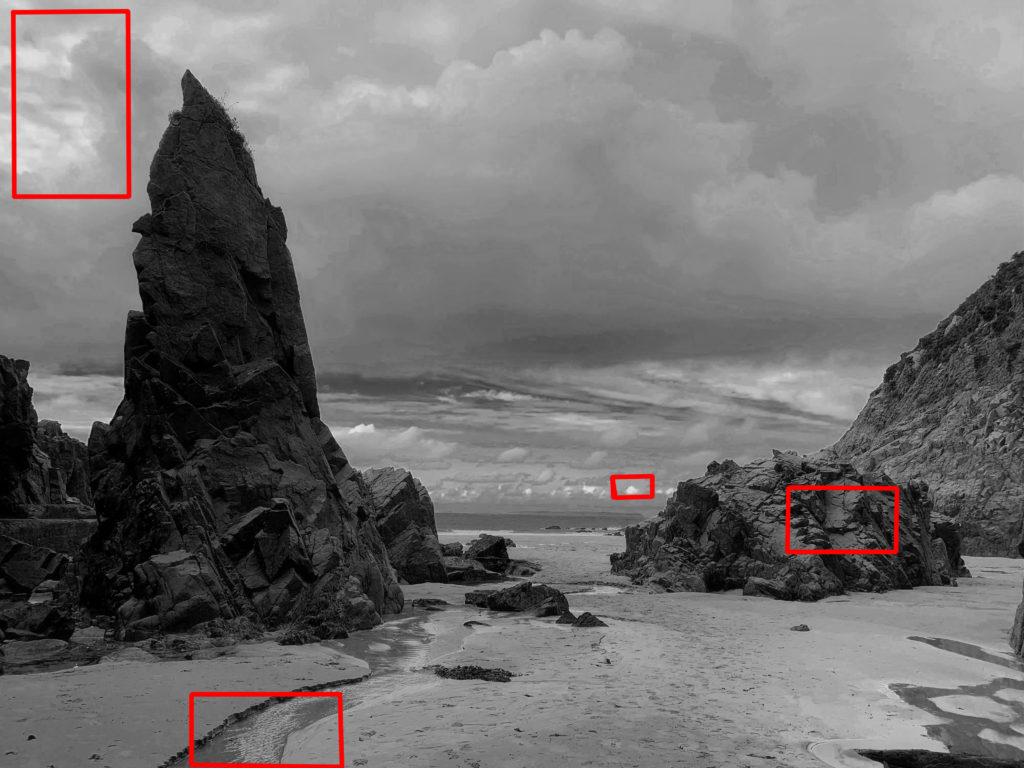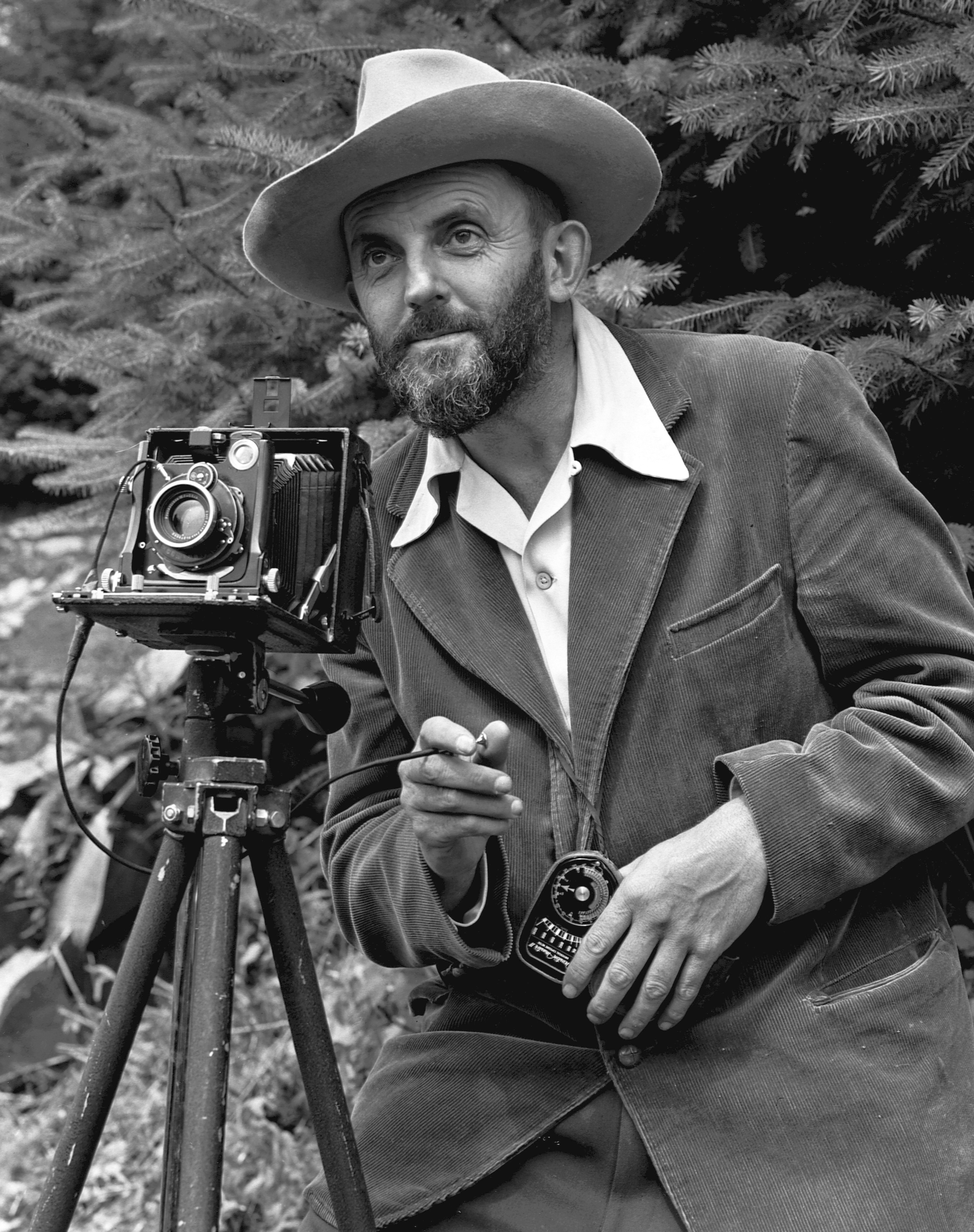
Ansel Adams was born on the 20th or February, 1902 in San Fransisco, California. He is one of the most important landscape photographers in the 20th century, creating iconic black and white photographs that established photography as a fine art. Adams particularly photographed the American west, focusing on Yosemite national park. As well as being a photographer, he was an environmental activist, and used his work to promote the conservation of wilderness areas.
Spending much of his time in the dark room, Adams pioneered in the zone system, where he would paint onto enlarger the areas on the photo he thought where lighter or darker. We refer to this as burning and dodging.
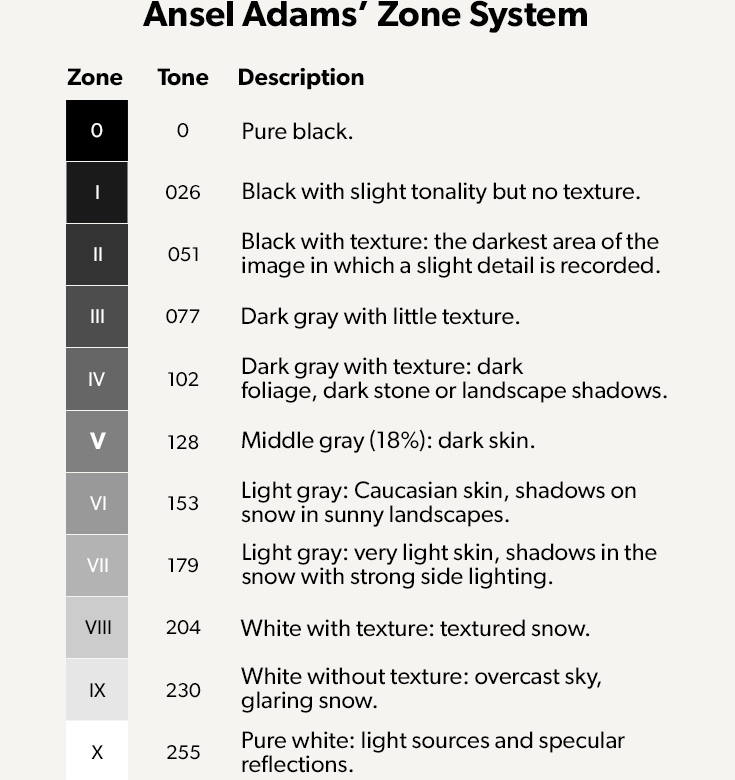
In the 1930s, Ansel Adams and Fred Archer created the Zone system, which is a standardised way of working that ensures a correct exposure in every situation.
It creates an extreme difference between light and shadow areas of a scene. Zones are split into 10, with a 1 stop difference between each one.
This helps you to construct a precise evaluation of your scene’s tones and dynamic range, even before taking a photograph. It also determines how exactly how far apart to take exposure bracketed shots.
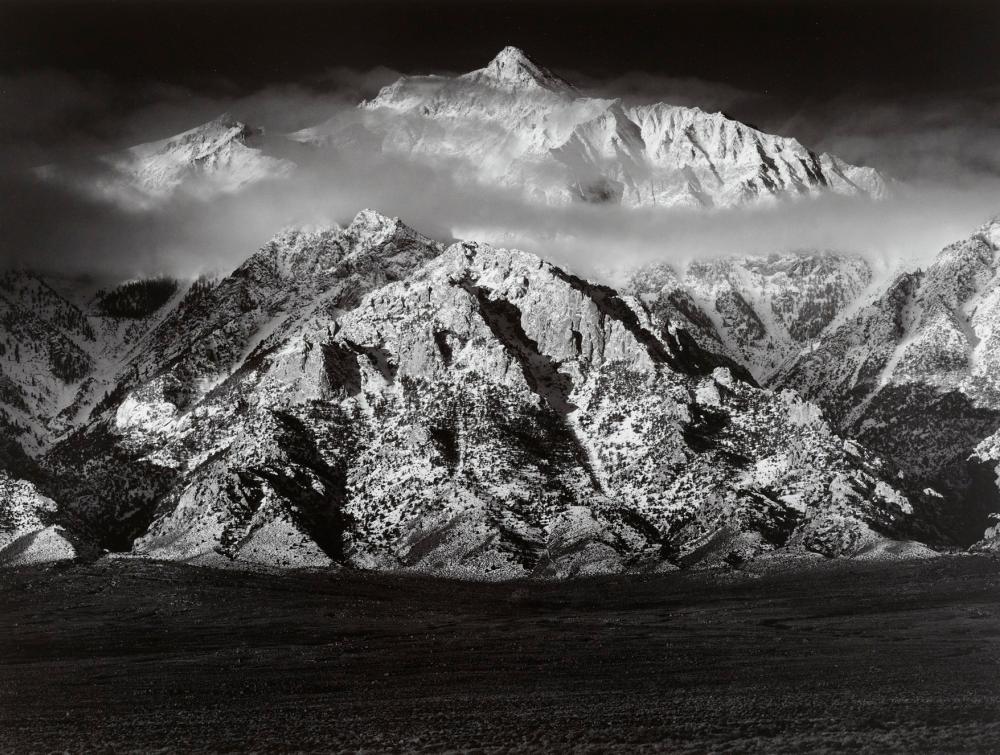
ANALYSIS OF HIS IMAGE:
TECHNICAL:
The lighting of this image is generally quite dark, with highlights of the mountain illuminated by obvious daylight. You can see this lighting is natural, reflecting the focus of the photograph. The image looks generally underexposed, with a high contrast between the shadows in the crevices of the mountain and the highlights scattered along the jagged mountains.
The aperture of the photograph looks as if is around f/16 as there is a deeper depth of field. The shutter speed seems to be quite short, maybe 1/320 as the image seems to be underexposed and quite focused and sharp. However you can see that this image is slightly grainy, which indicates a high iso. This could mean that the iso was high, maybe ISO1600.
VISUAL:
The colour of the image is black and white, which is very common in Ansel Adams work, however through this black and white image, there is a lot of tone, with very bright highlights and dark shadows (Zone System). There is a lot of texture coming from the mountains in the photo due to a range of lights and darks scattered across them, clearly indicating that they are the focal point.
There is very clear line in the image, between the dark rolling hills and the mountains, however the horizon line is very high up on the image, this could be to exaggerate the height and power of the mountain landscape. There is a very clear rule of thirds being applied in the image, with the segments going horizontal (lightest focal point being the mountains in the second third.)
CONTEXTAL/CONSEPTUAL:
The purpose of the image is to exaggerate the beauty of nature and the dramatise the landscapes in the image through the use of technique. This image truly reflects Ansel Adams ideas toward nature by bringing a Romantic approach to is photographs in order to promote the conservation of wilderness areas.

